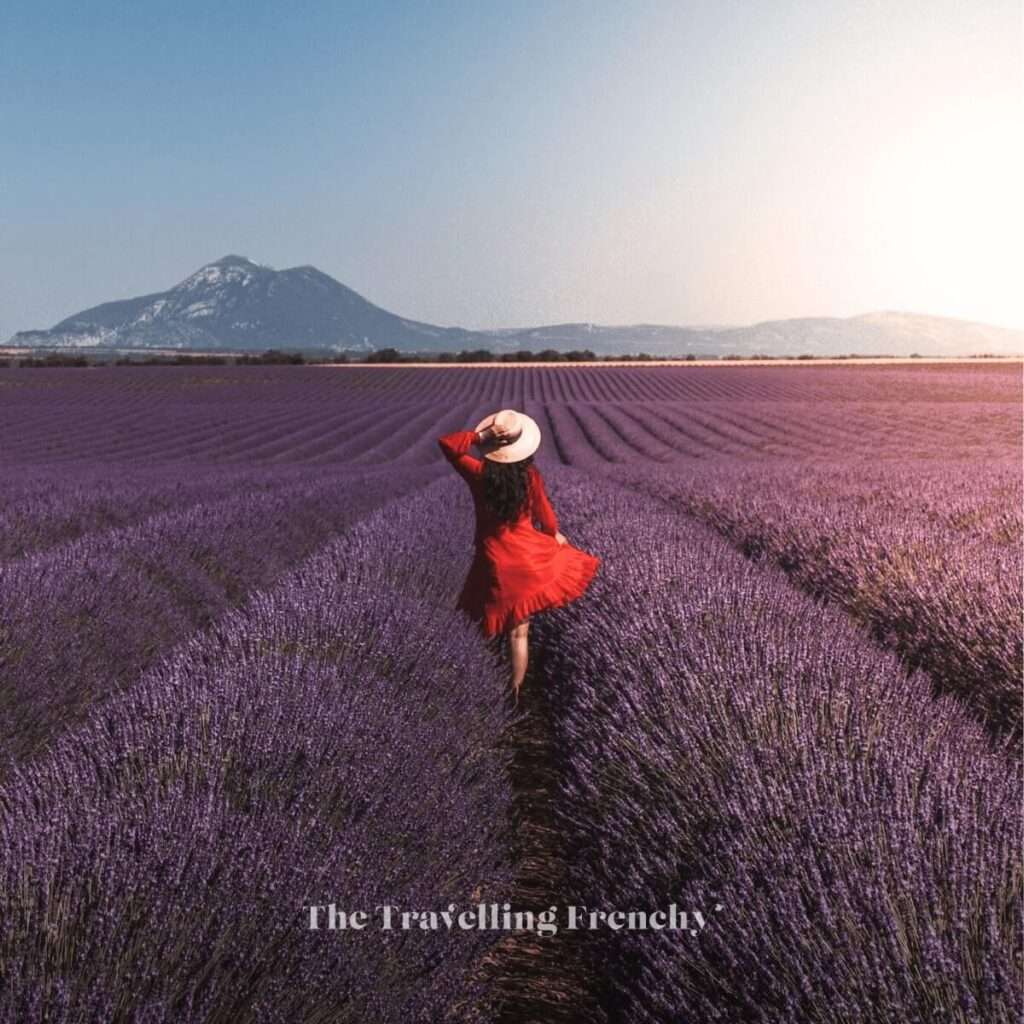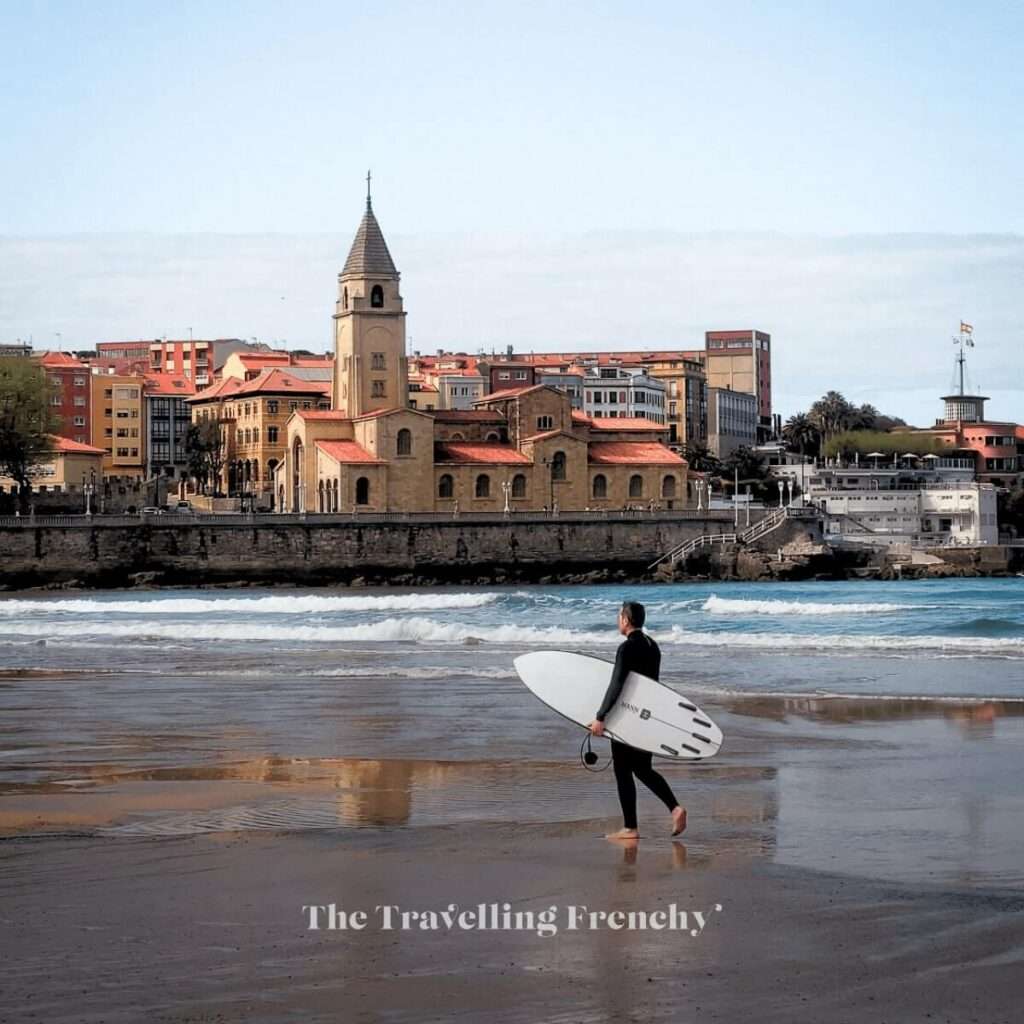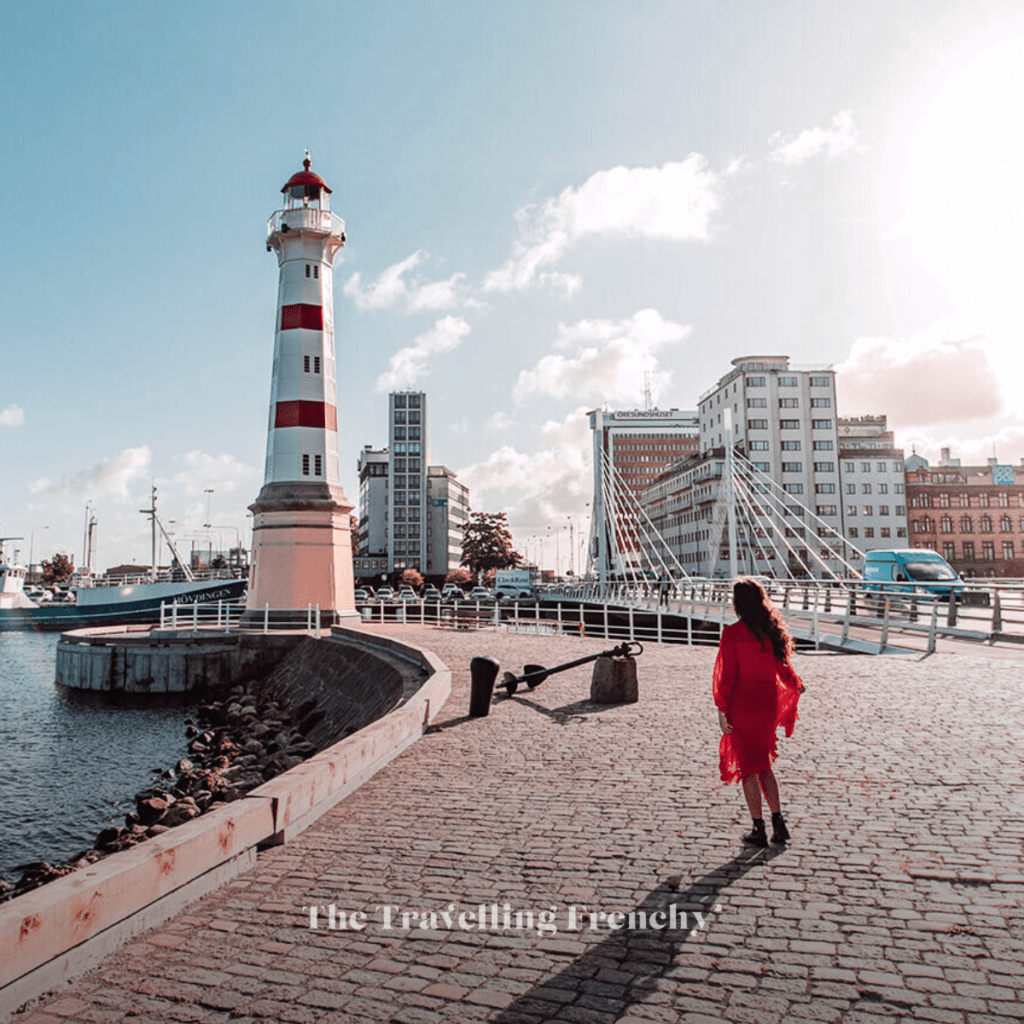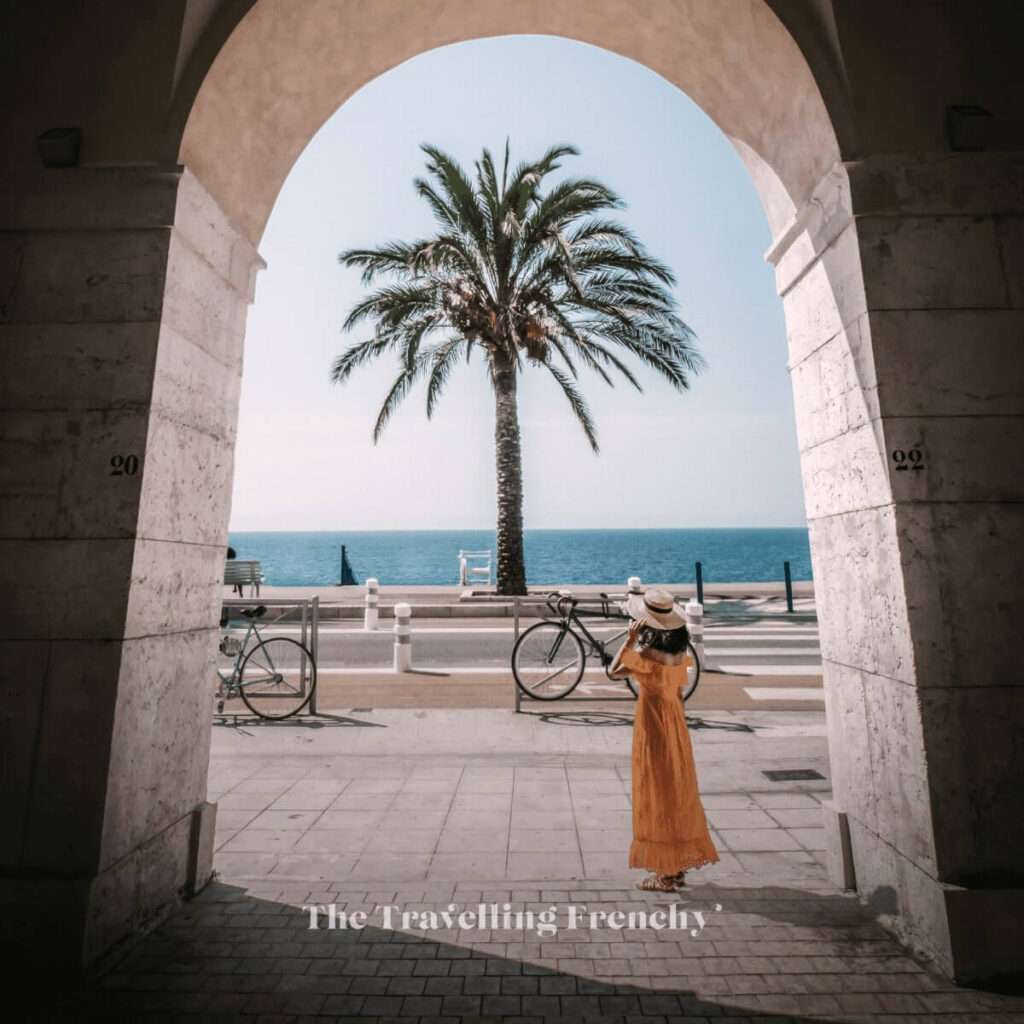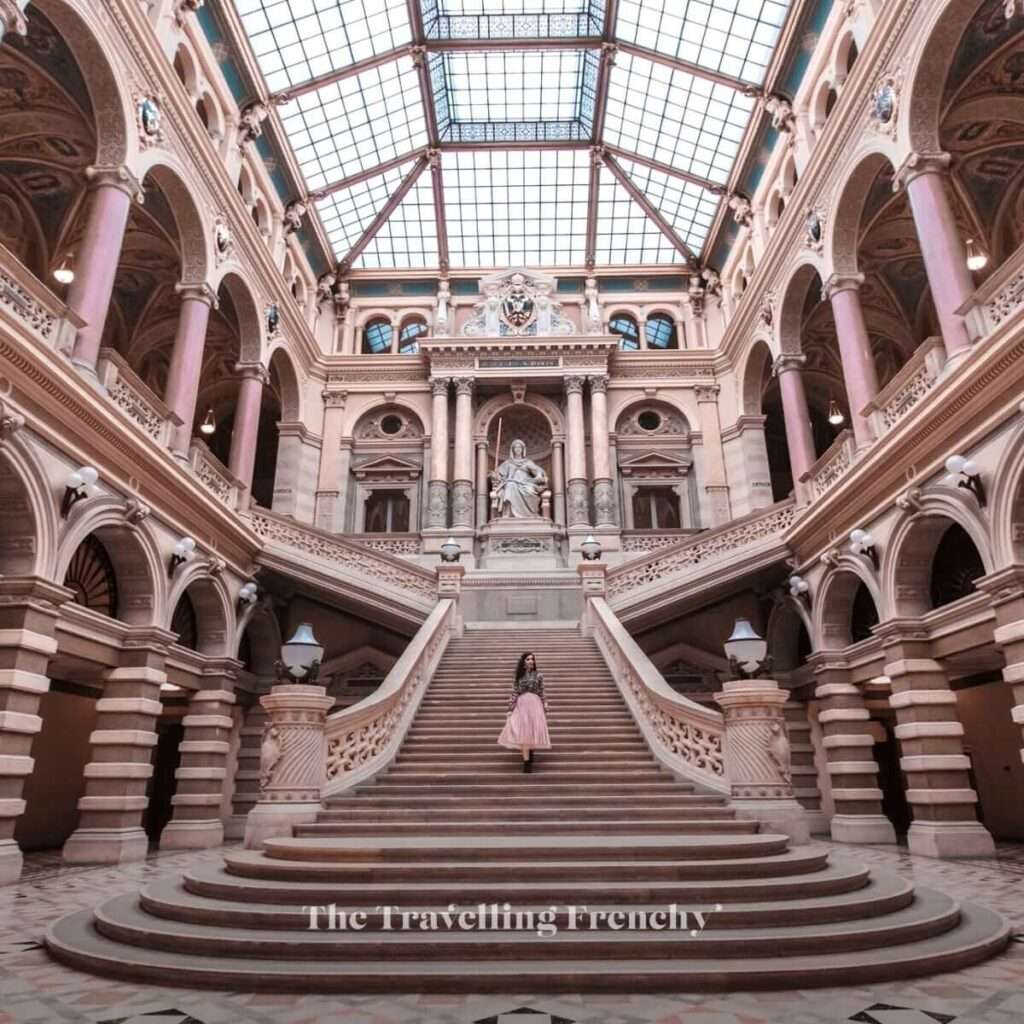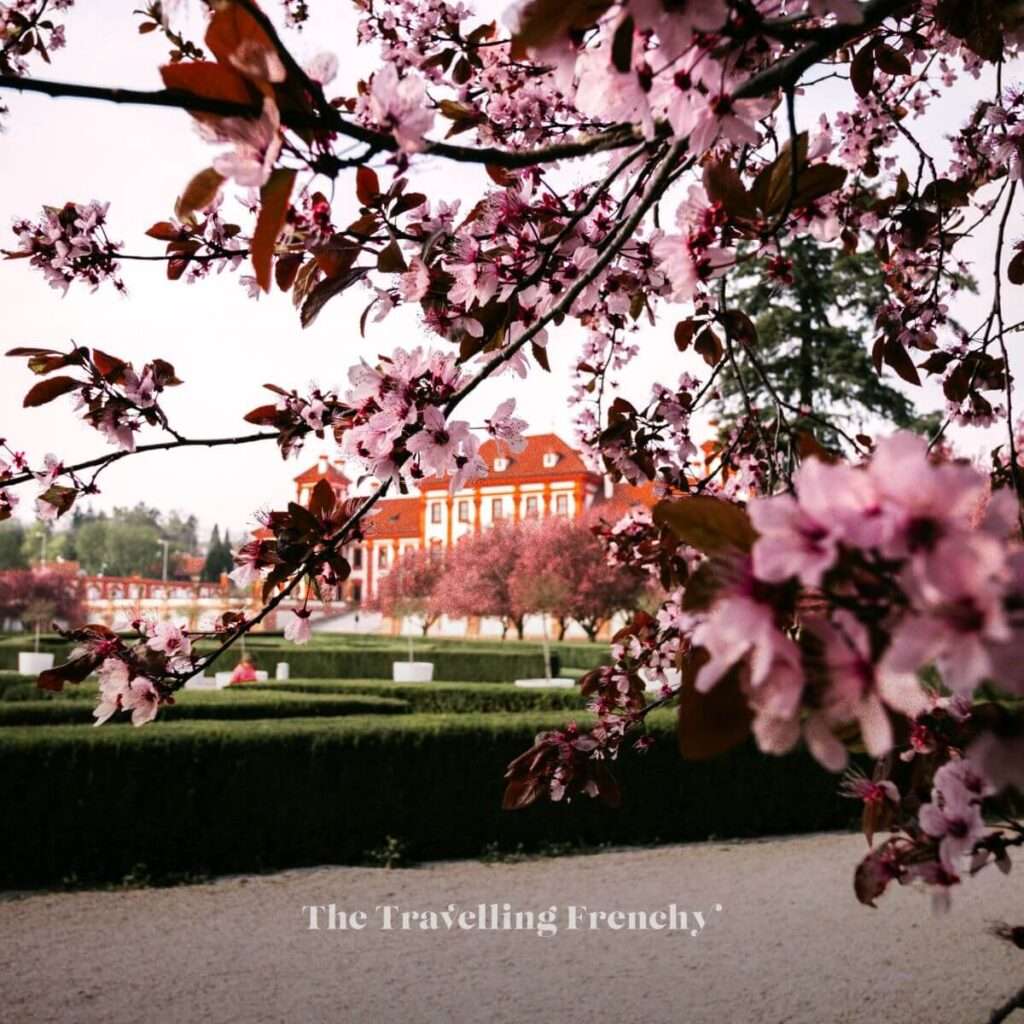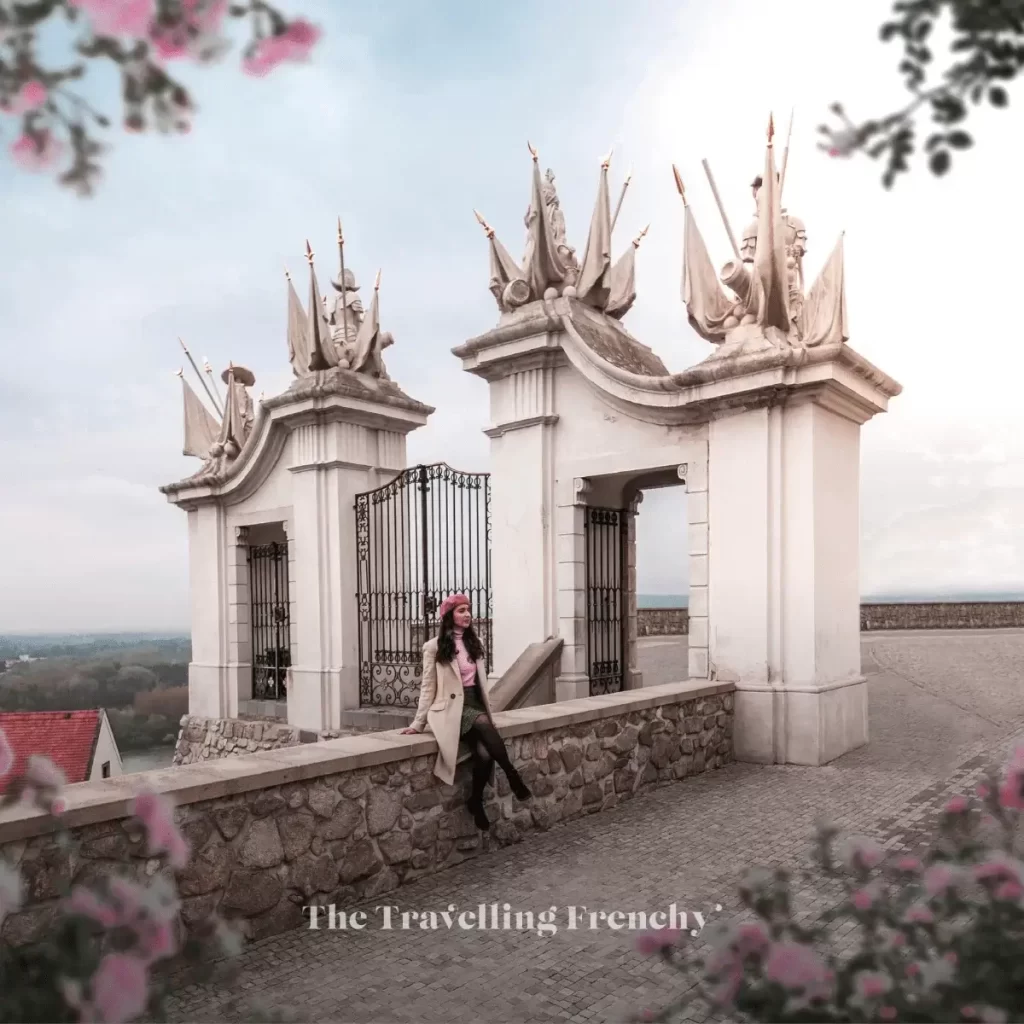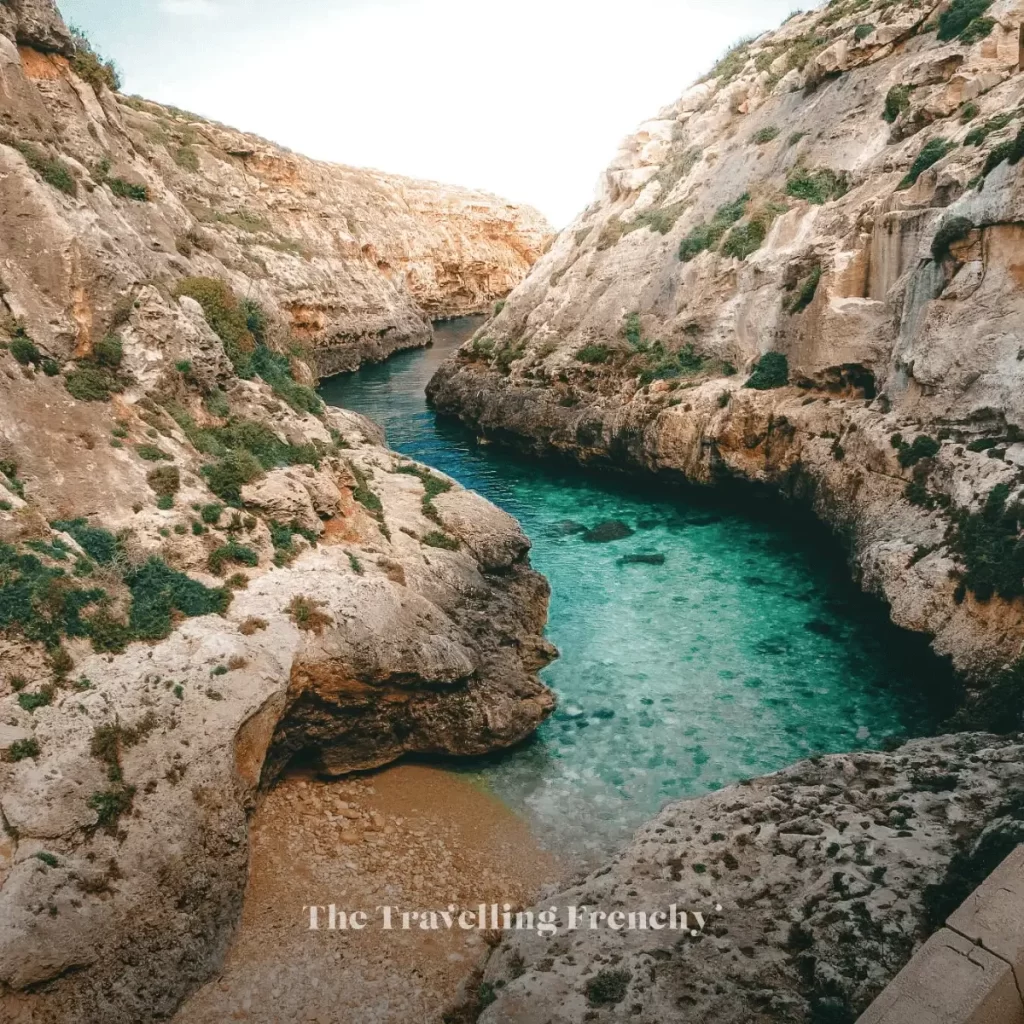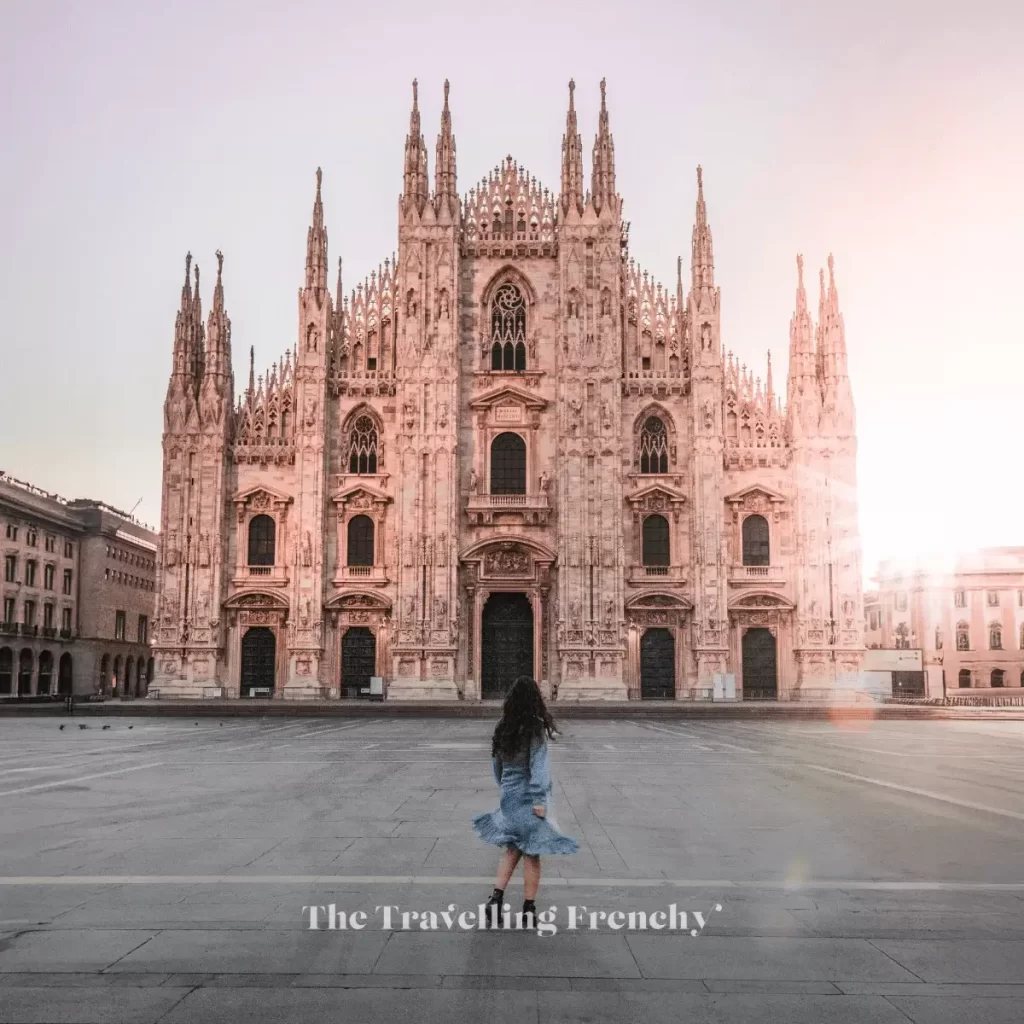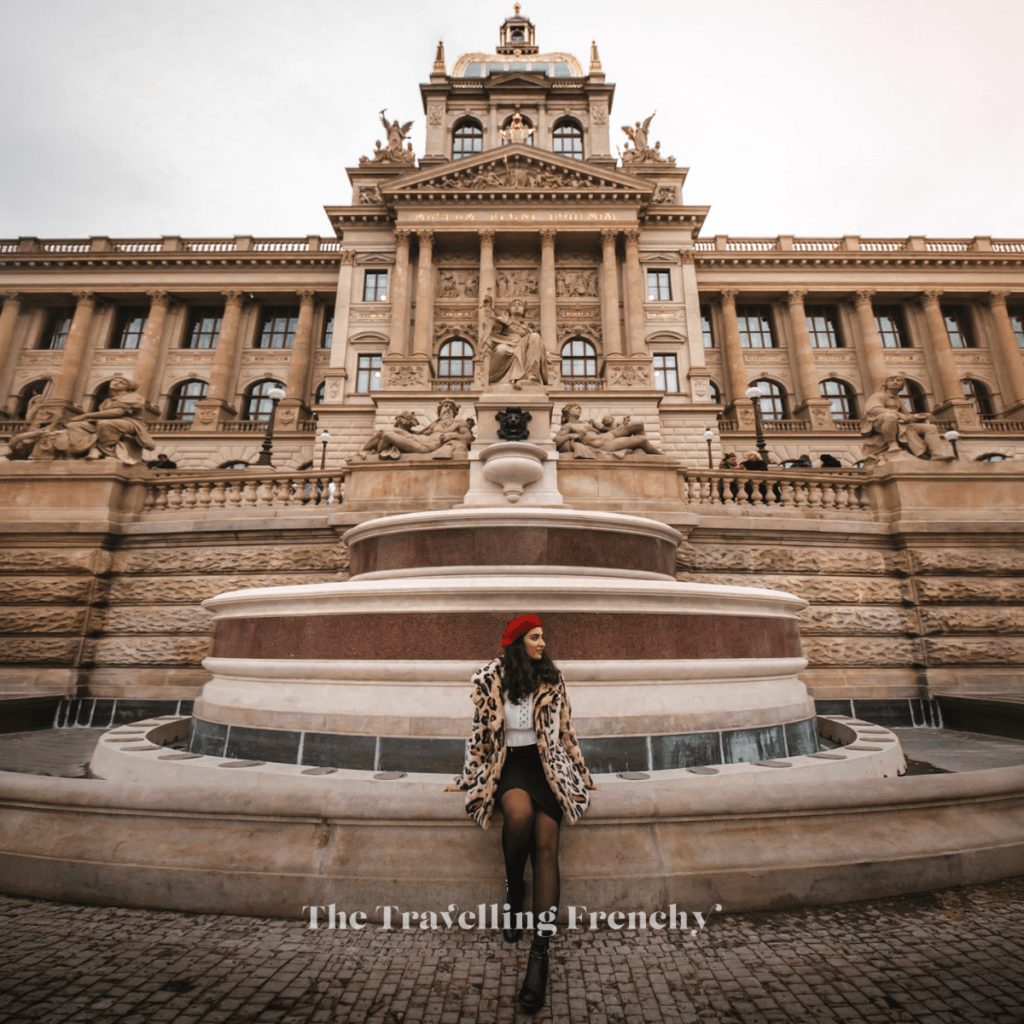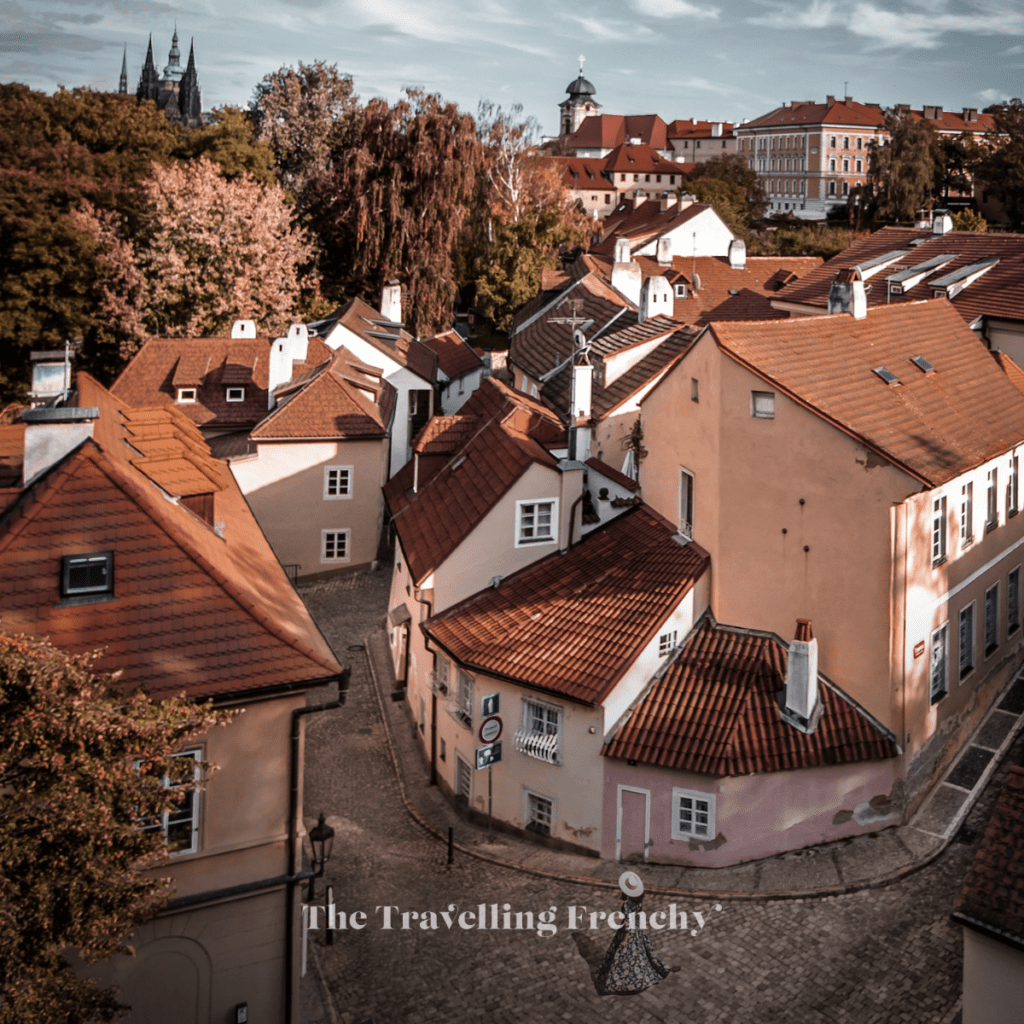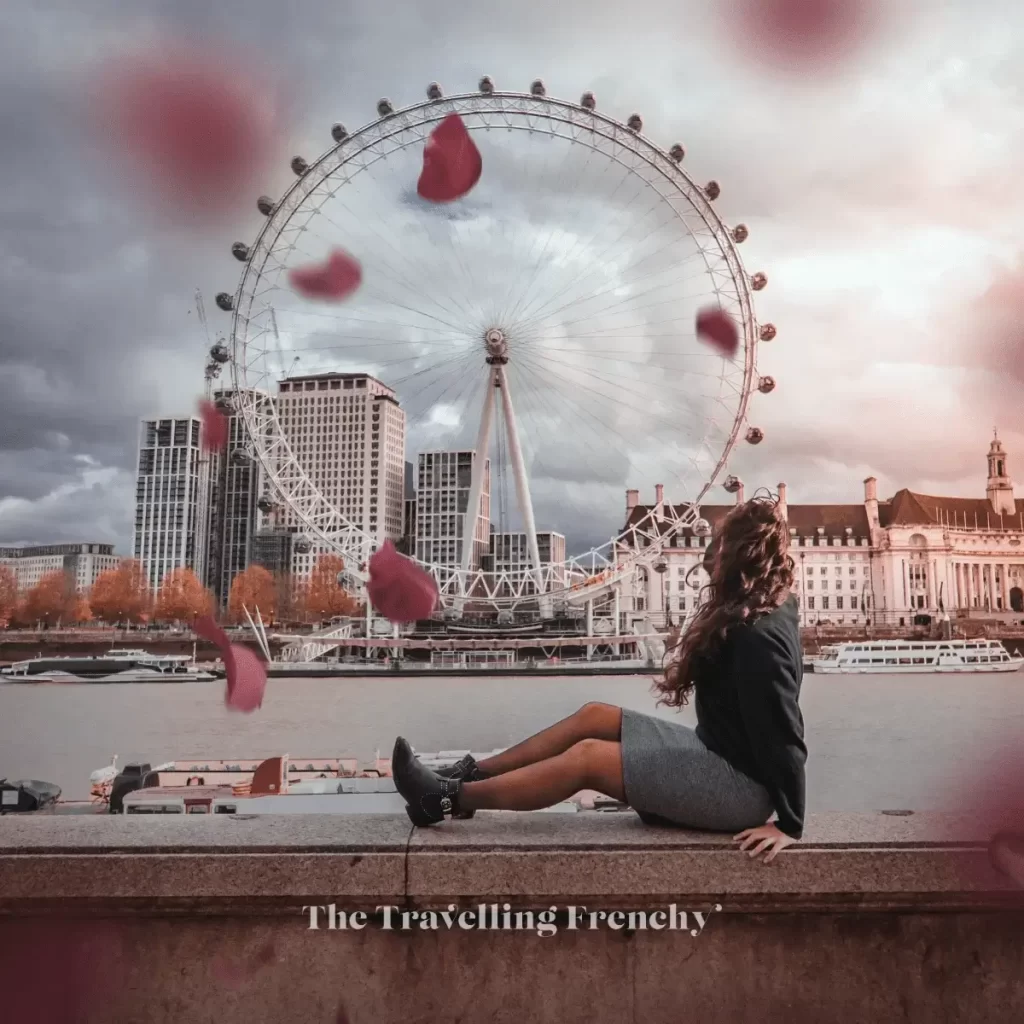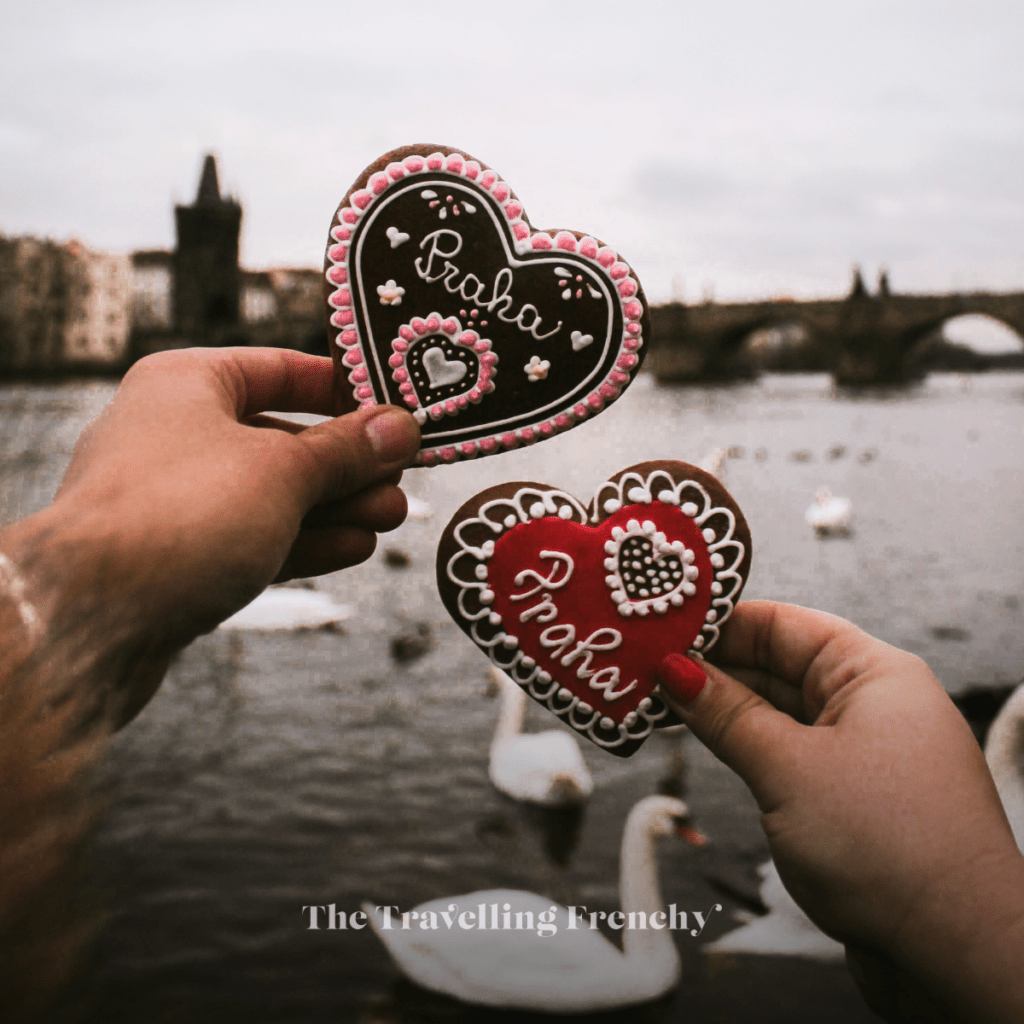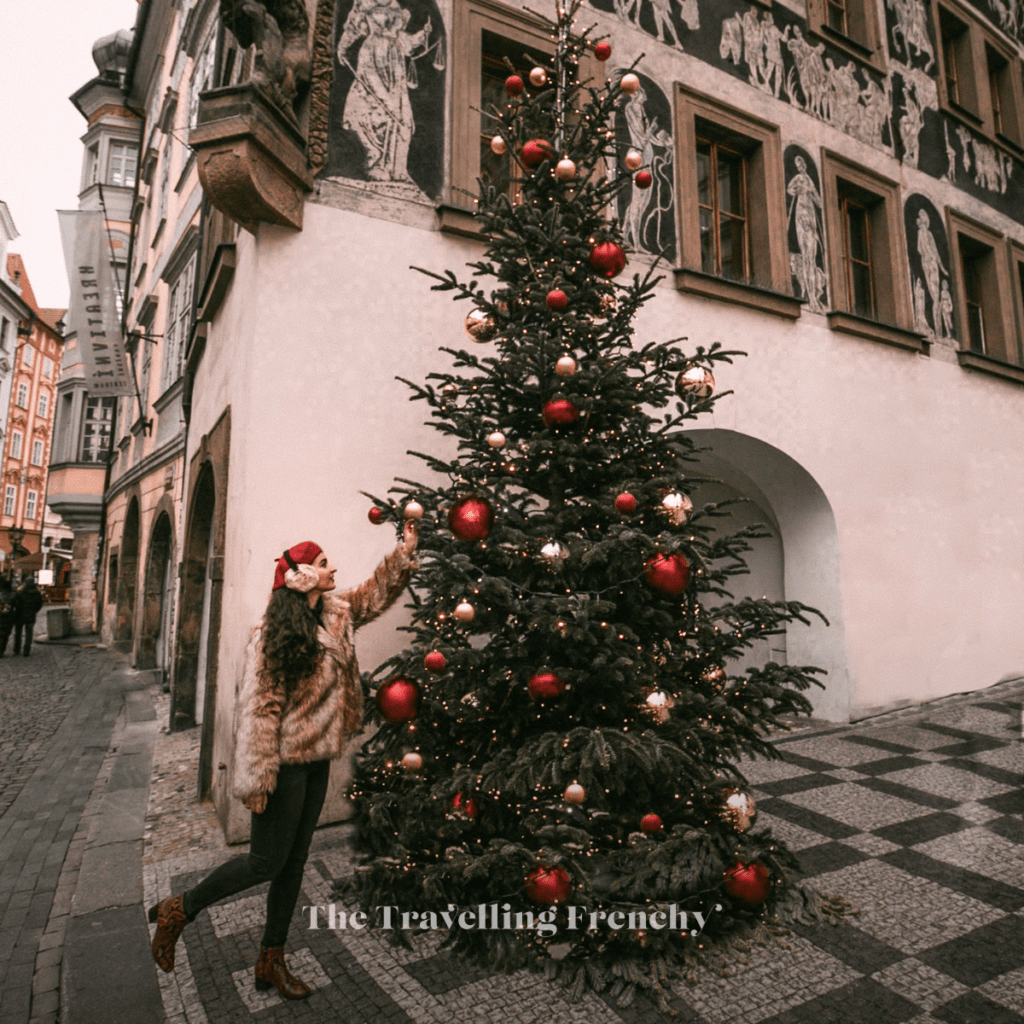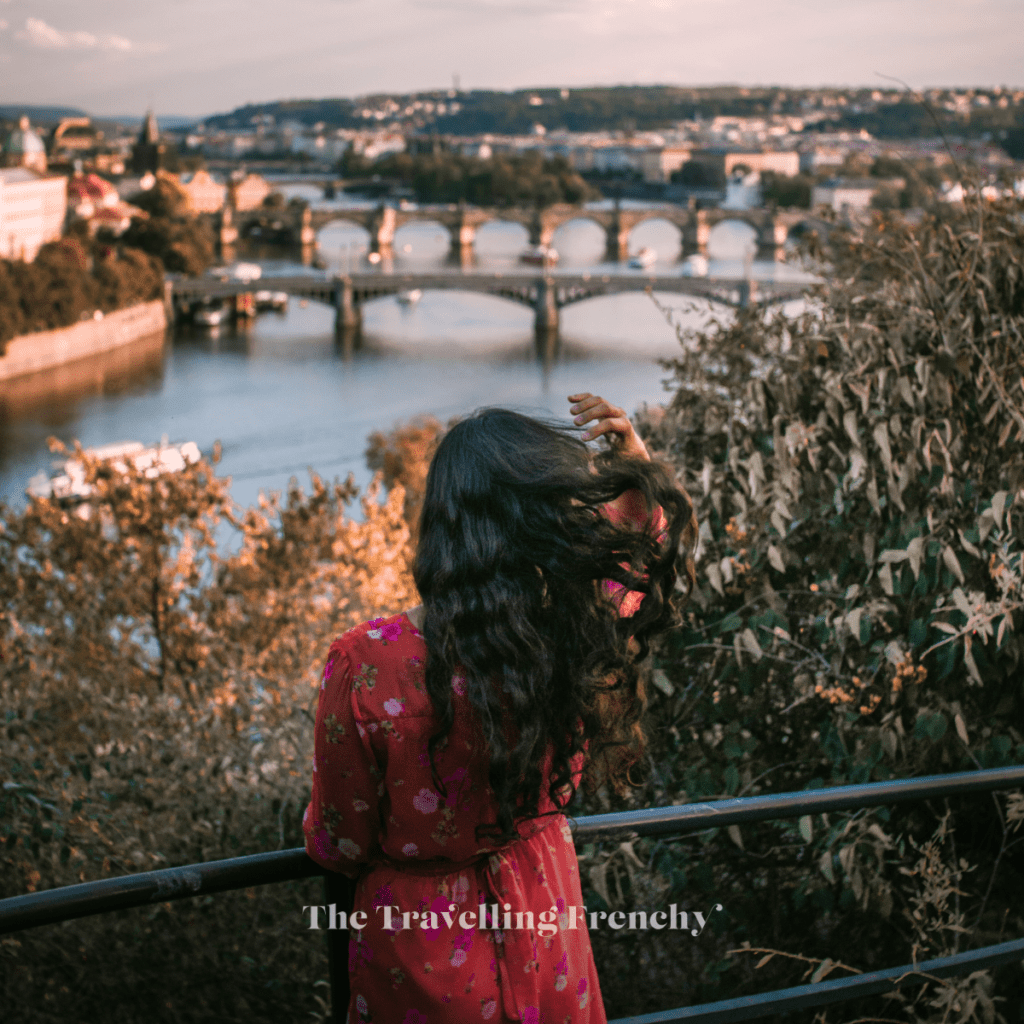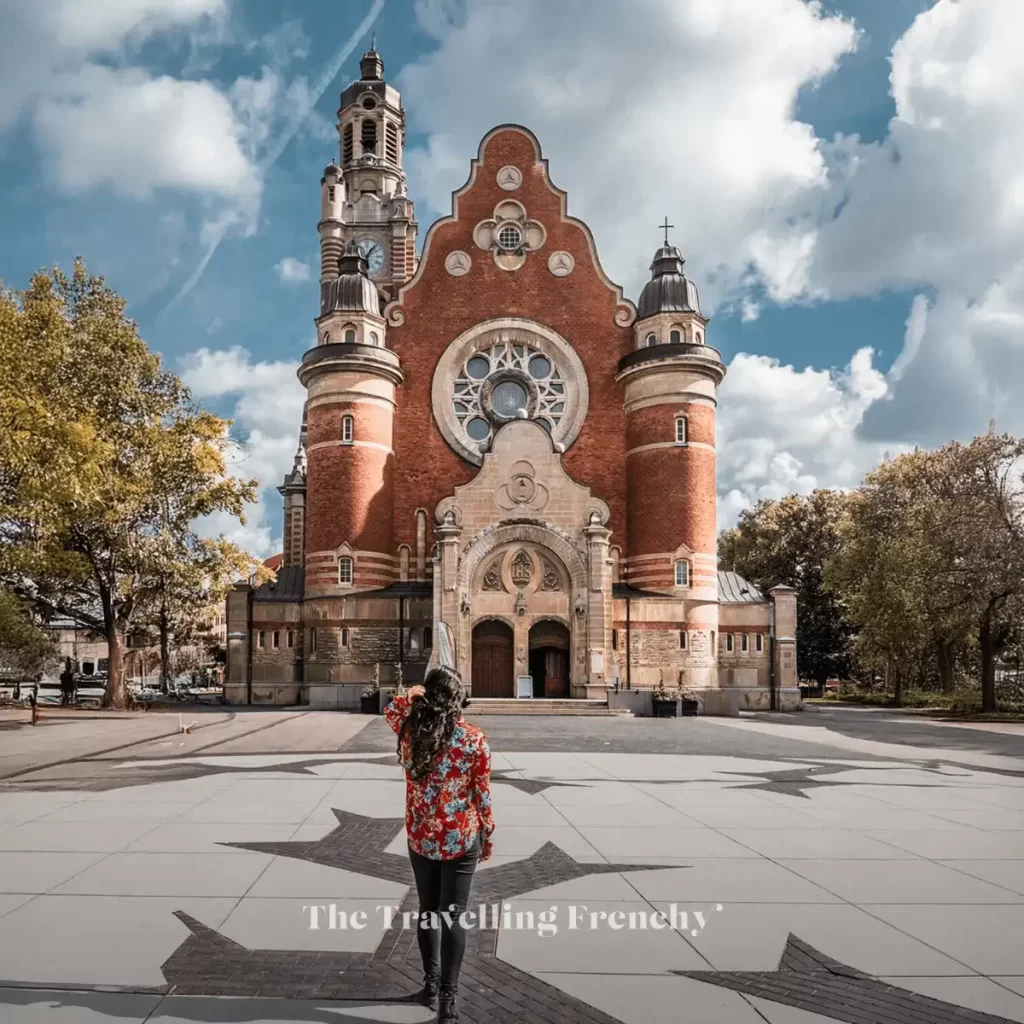Every summer, Provence bursts into color as its world-famous lavender fields blanket the rolling hills in vibrant shades of purple! These iconic landscapes, bathed in the golden light of southern France, offer a stunning backdrop for photographers, nature lovers, and travelers alike. In this ultimate guide to the lavender fields of Provence, you’ll find everything you need to plan your visit, from the best times to go and must-see locations to insider tips for capturing the perfect shot and experiencing local lavender culture.
Where to Find the Best Lavender Fields in Provence
Provence offers a patchwork of breathtaking lavender fields, each region offering a unique charm based on altitude, geography, and cultural surroundings. Here are the top spots you shouldn’t miss when chasing the iconic purple bloom in southern France.
Valensole Plateau – The Iconic Lavender Destination
The Valensole Plateau is often the poster child for Provence’s lavender season, and for good reason! This expansive plateau, stretching over 800 square kilometers, is blanketed in endless rows of lavender and occasionally dotted with golden sunflower fields, creating postcard-perfect scenery. The most popular route for viewing is the Route de Manosque (D6), particularly near the town of Valensole. This road features some of the most photographed lavender fields in France. However, due to its fame, it can become very crowded, especially during the peak bloom in early July.
Don’t miss the Lavandes Angelvin farm; a popular spot with both photographers and lavender product lovers!

Local Tip: Skip the crowds by exploring lesser-known routes such as D8, D56, or the road between Valensole and Puimoisson. These smaller roads offer a more peaceful and equally stunning experience, often with fewer tourists and better photo opportunities.
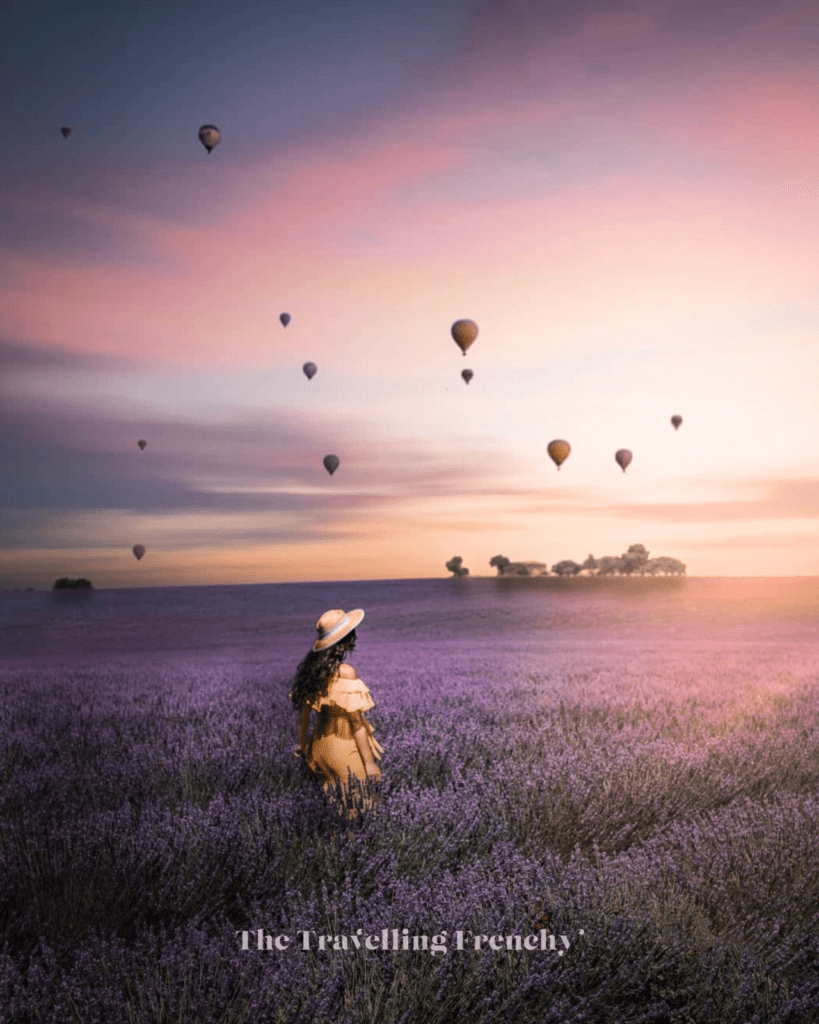
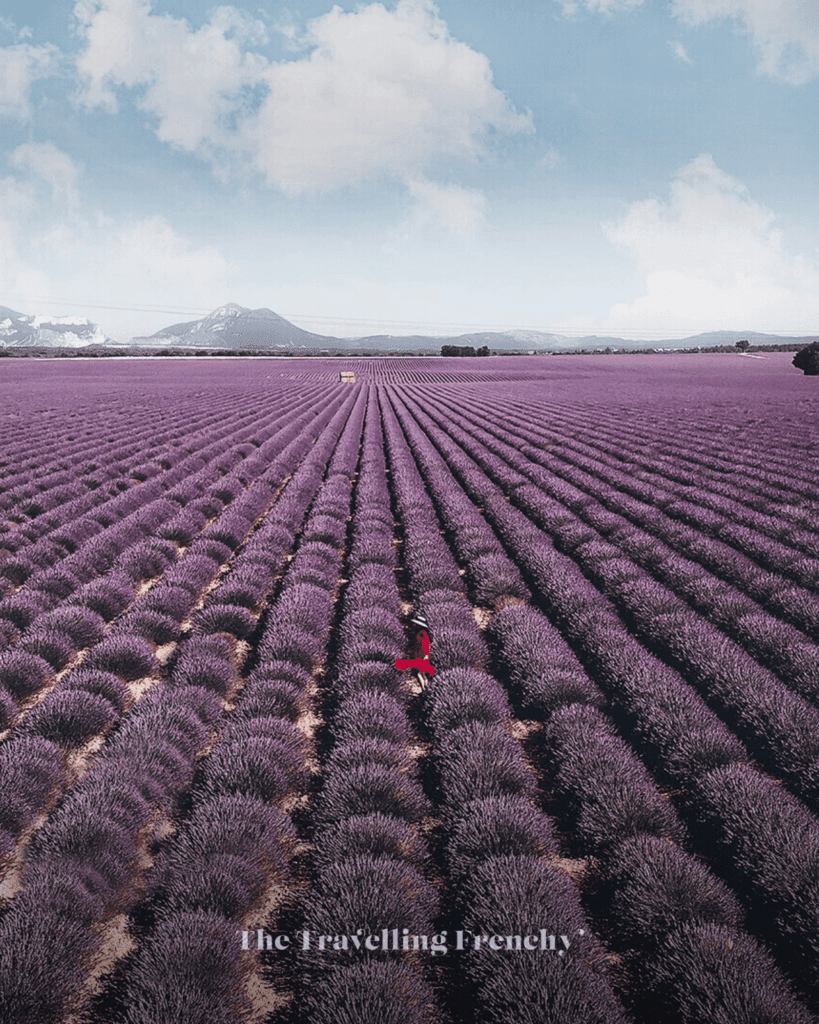
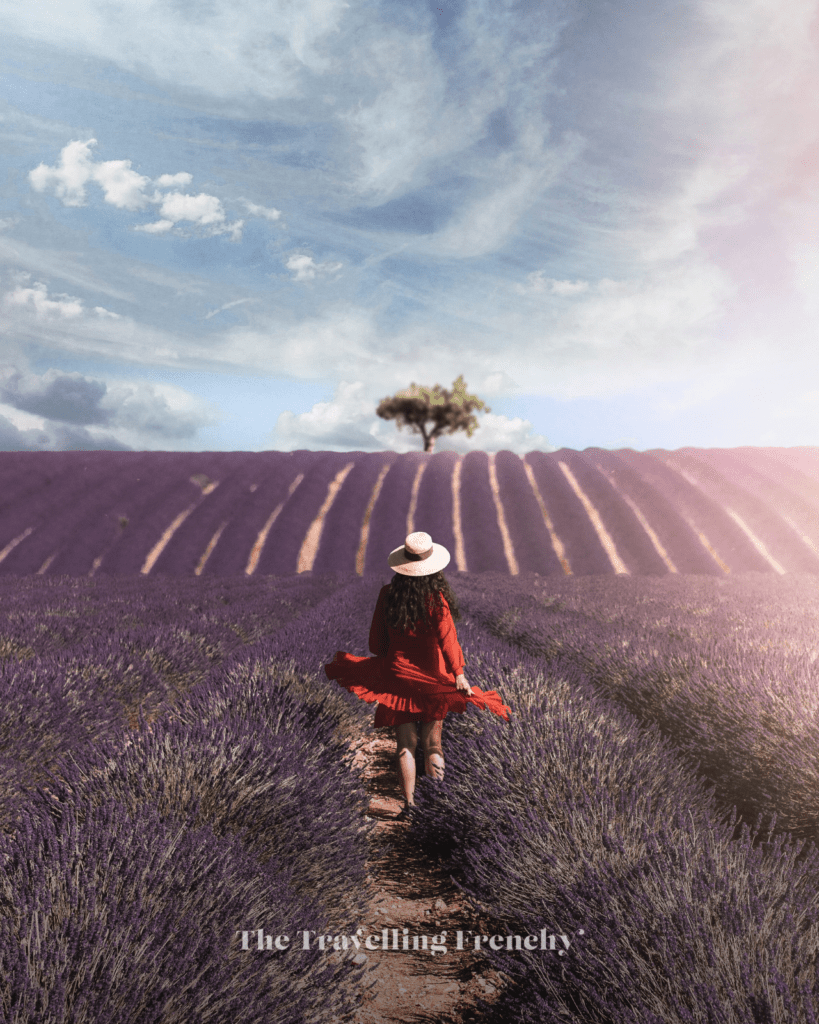
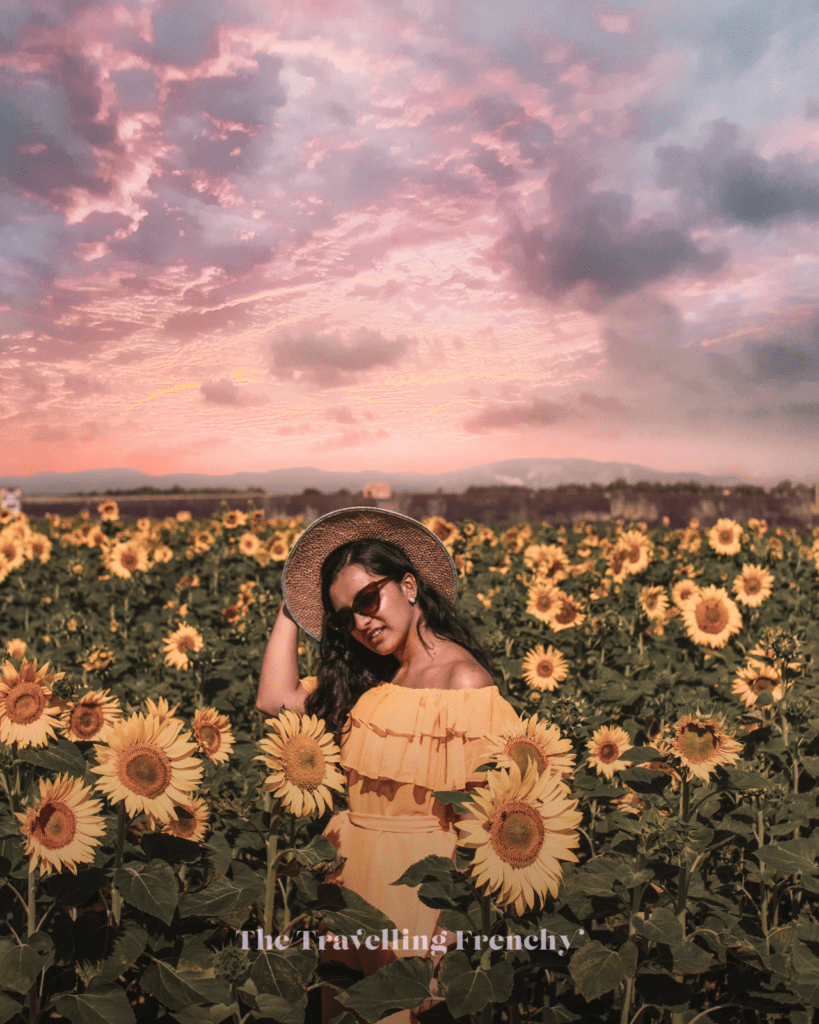
Sault – The Heart of High-Altitude Lavender
Located at the foot of Mont Ventoux, the Sault Plateau offers a slightly later bloom due to its higher elevation, making it ideal if you’re visiting in mid to late summer. Sault is surrounded by organically farmed lavender fields that stretch along the horizon, offering a more rural and tranquil alternative to Valensole.
Every year on August 15th, the town hosts the Fête de la Lavande, a vibrant celebration of the harvest with parades, artisan markets, distillation demos, and lavender-themed food.
For a scenic view, walk the “Lavender Trail” (Chemin des Lavandes), an easy 5 km circular hike through the blooming fields with panoramic views of the Ventoux landscape.

Local Tip: An amazing activity to do in the area is a hot air balloon ride. I recommend this incredible one where you will be able to see the fortified villages nestled atop the Luberon mountains and of course, the beautiful lavender fields from above.
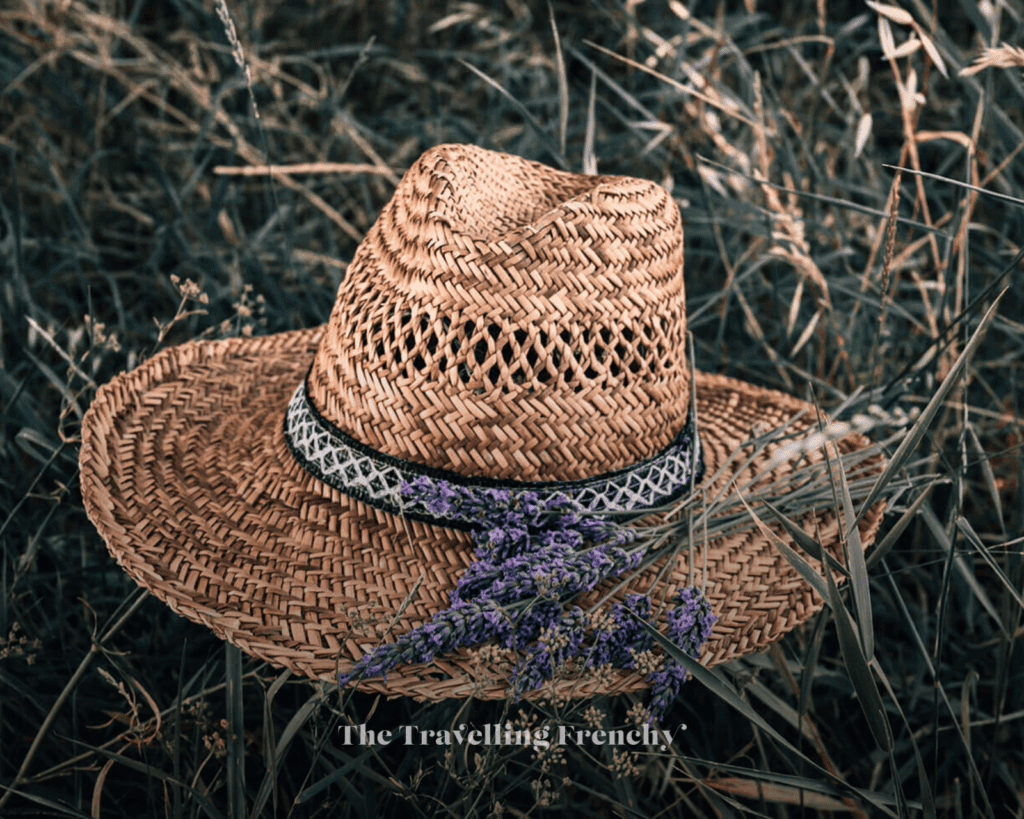
Luberon Valley – Lavender and Hilltop Villages
The Luberon region offers a magical blend of lavender fields and charming hilltop villages. The most famous spot here is the Abbaye de Sénanque, where monks still cultivate lavender around the Romanesque abbey. Surrounded by cypress trees and limestone cliffs, it’s one of the most iconic lavender settings in Provence. As the Abbaye is still an active monastery, access to the fields is limited, so be respectful of visiting hours and rules.
Nearby, the village of Gordes, officially listed as one of “Les Plus Beaux Villages de France”, adds architectural elegance to the natural beauty. The narrow roads around Joucas, Roussillon, and Bonnieux also hide smaller lavender patches ideal for quiet exploration.

Photo Tip: The area around Lioux and Saint-Saturnin-lès-Apt features some stunning, less-commercialized fields; perfect for photographers seeking untouched backdrops.
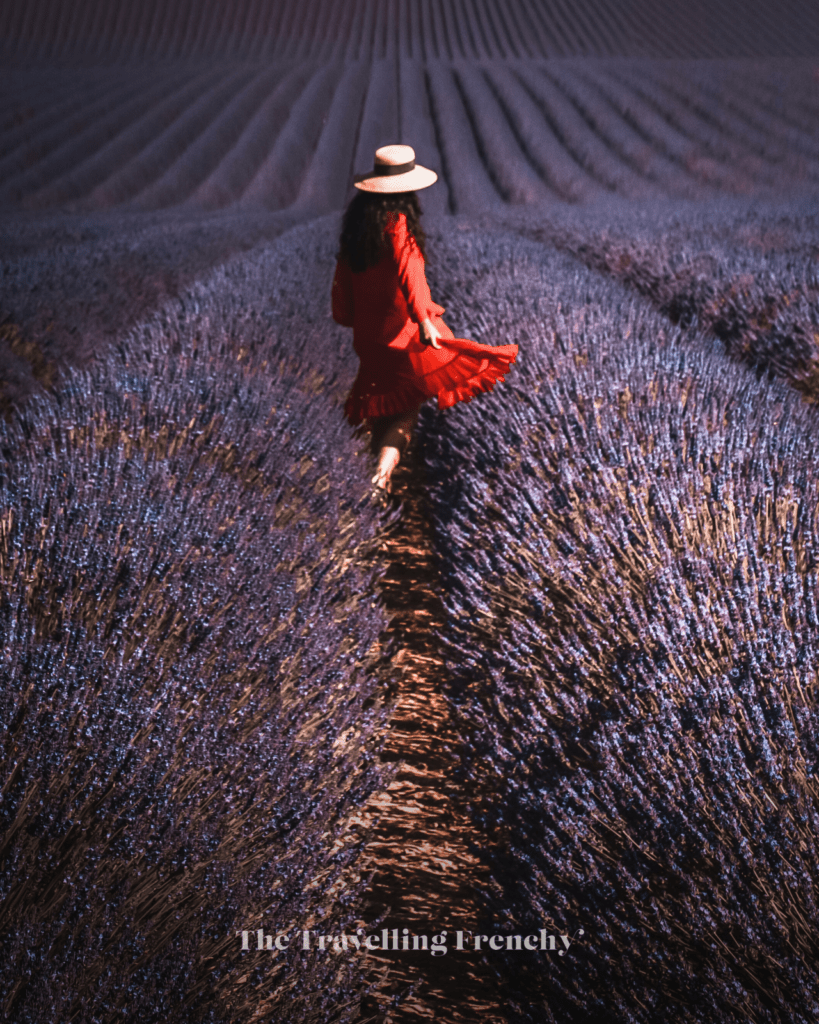
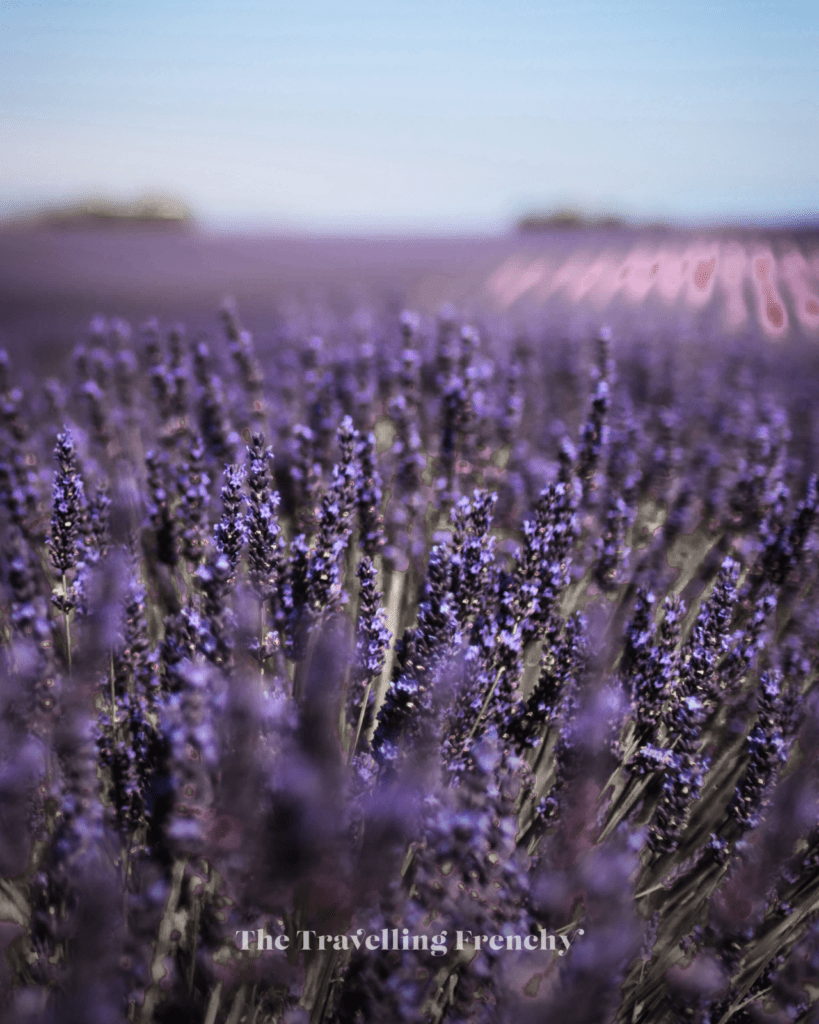
Drôme Provençale – A Hidden Lavender Paradise
Tucked between the Rhône Valley and the Prealps, Drôme Provençale is a lesser-known yet stunning region to explore lavender fields without the crowds. It blends the charm of Provence with the quiet beauty of the Drôme department and offers landscapes just as spectacular as Valensole—but far more tranquil.
The lavender here is often interspersed with vineyards, olive groves, and medieval villages. The area around Grignan, with its hilltop château, is particularly picturesque. La Garde-Adhémar and Dieulefit also boast scenic views and are surrounded by smaller lavender farms.
The Lavender Festival in Ferrassières (late July) is just nearby, and it’s smaller and more traditional than the larger events in Sault—perfect for authentic local vibes.
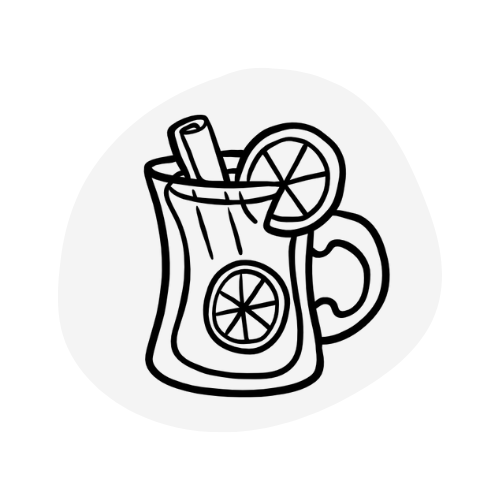
Local Tip: Don’t miss the Lavender Route (Route de la Lavande) that winds through Drôme Provençale, especially the sections near Nyons and Montbrun-les-Bains. These areas also offer distilleries you can visit for lavender essential oils and regional products.
When to Visit the Lavender Fields in Provence: Blooming Seasons by Region
Provence’s iconic lavender fields are a seasonal spectacle, with bloom times varying based on altitude, climate, and location. Understanding these nuances ensures you experience the vibrant purple landscapes at their peak.
General Lavender Blooming Period
Lavender in Provence typically blooms from mid-June to mid-August. However, the exact timing can fluctuate annually due to weather conditions. For instance, cooler springs may delay blooming, while hotter, drier seasons can accelerate it. Harvesting usually begins in mid-July and concludes by early August, depending on the area.
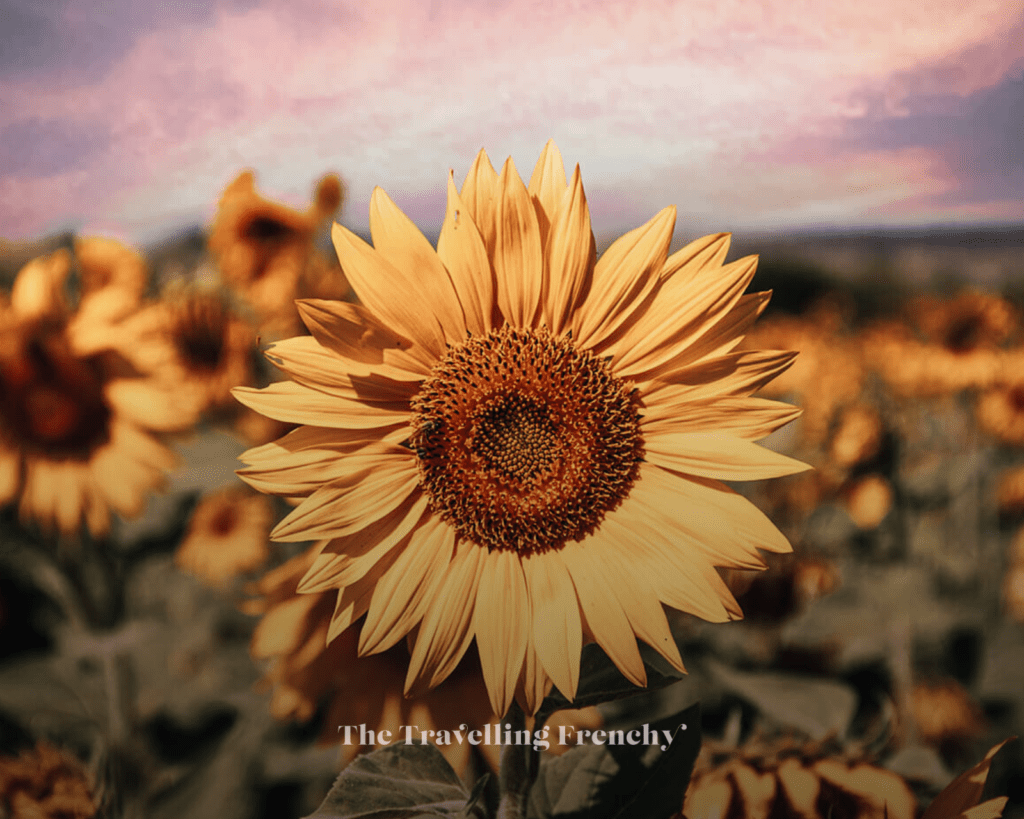
Regional Blooming Guide
Valensole Plateau (Low Altitude)
- Blooming Period: Mid-June to mid-July
- Peak Bloom: Late June to early July
- Harvesting: Begins around July 14th
- Notes: Due to its lower elevation, Valensole experiences earlier blooming. It’s renowned for vast lavender fields interspersed with sunflowers and wheat, offering picturesque views.
Luberon Region (Moderate Altitude)
- Blooming Period: Late June to mid-July
- Peak Bloom: Early July
- Harvesting: Mid to late July
- Notes: The Luberon combines rolling lavender fields with charming hilltop villages like Gordes and Roussillon, making it ideal for scenic drives and photography.

Local Tip: You can do a full-day journey from Nice to the breathtaking Verdon Gorge and the lavender fields!
Sault Plateau (High Altitude)
- Blooming Period: Early July to mid-August
- Peak Bloom: Mid to late July
- Harvesting: After August 15th
- Notes: Situated at higher elevations, Sault’s lavender blooms later and lasts longer. The region celebrates the “Fête de la Lavande” on August 15th, marking the harvest’s commencement.
Optimal Visiting Times for the Lavender Fields
Late June to early July: Ideal for Valensole and Luberon regions.
Mid to late July: Best for Sault and higher altitude areas.
Early August: Limited blooming; primarily in Sault.
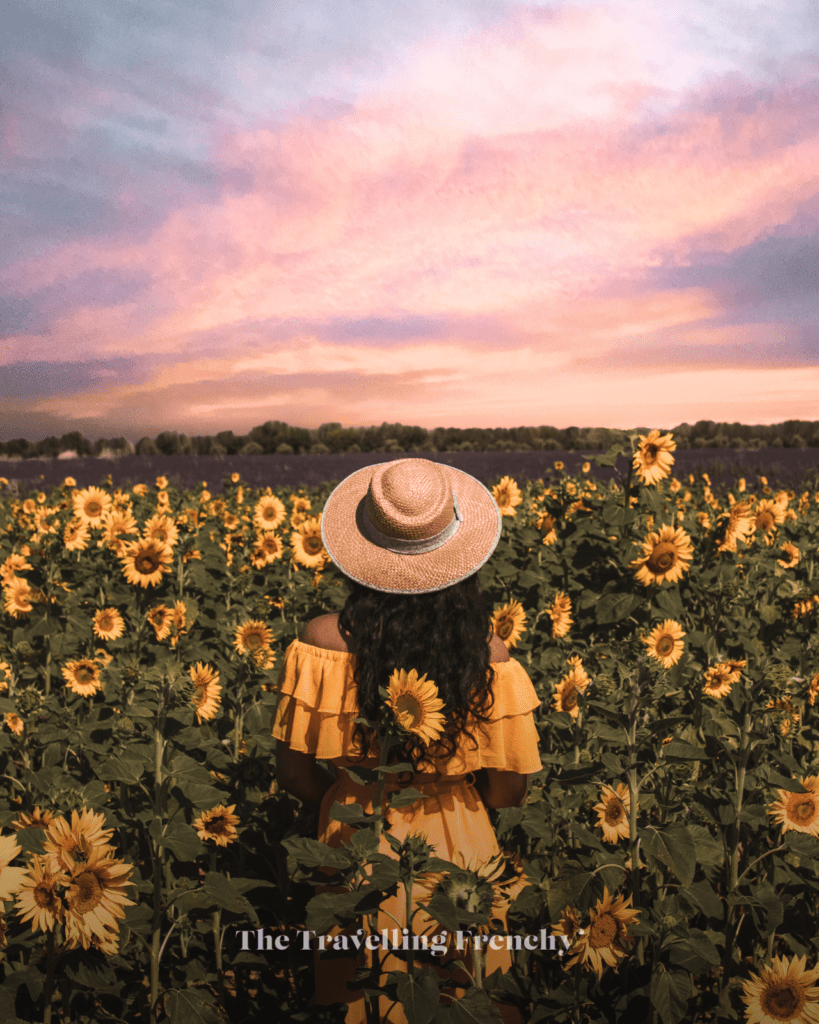
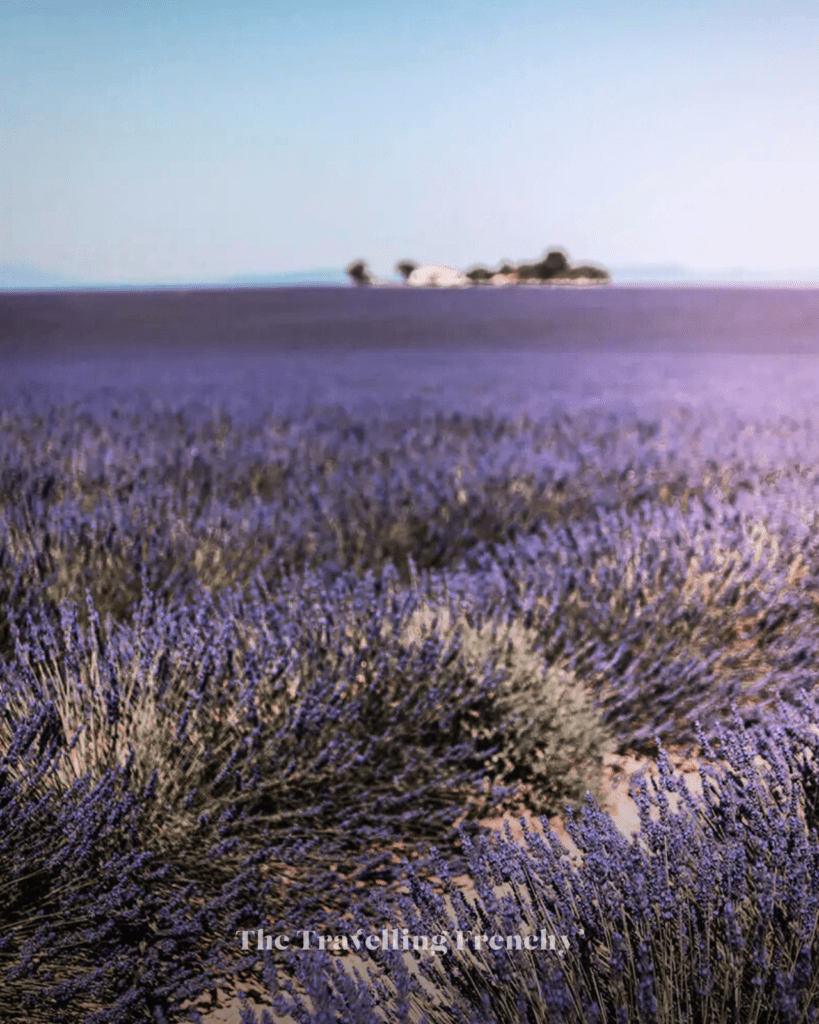
What is the Weather Like in Provence During the Lavender Season?
July in Provence? Hot, dry, and absolutely beautiful, but be ready for the heat! It can feel like 35–40°C out (95–104°F) in the fields, and there’s not much shade, so bring plenty of water (keep a few liters in the car). Tap water’s drinkable, so refill when you can. Mornings are warm, evenings can be breezy; pack light clothes, a hat, sunscreen, and a sweater just in case. Oh, and don’t skip a swim in the Gorges du Verdon or a scoop (or three) of lavender ice cream to beat the heat. Trust me, it’s part of the Provence experience!
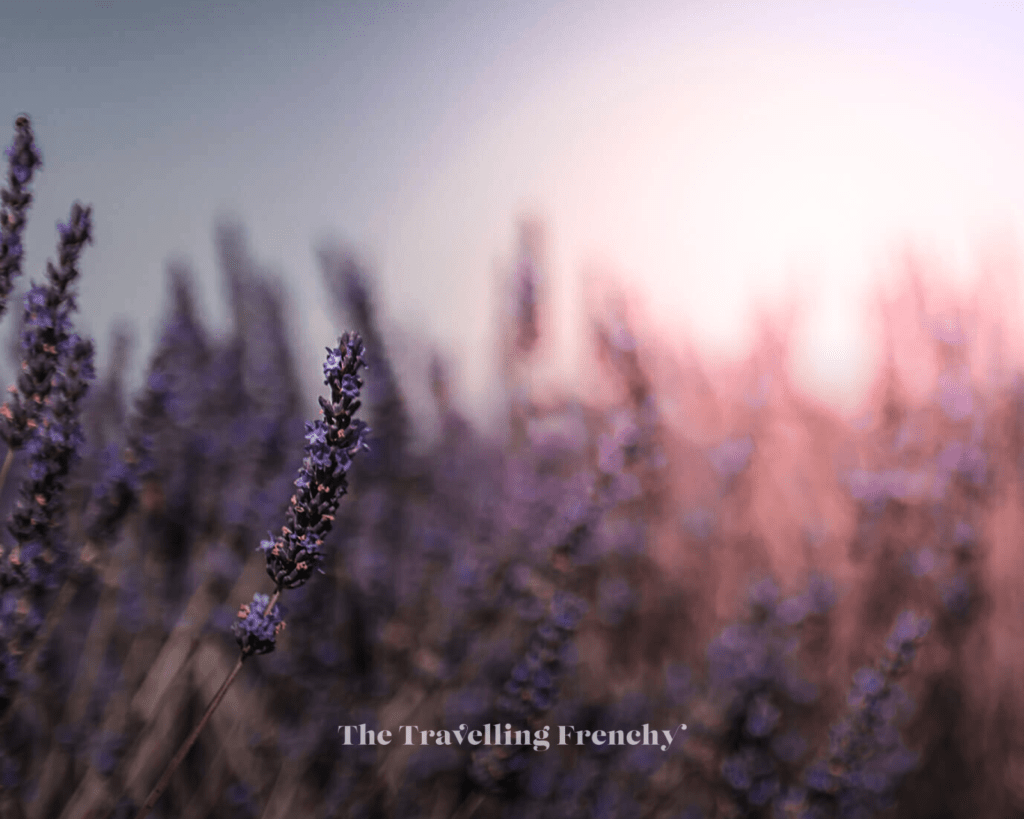
Getting There and Around: How to Visit the Lavender Fields in Provence
Do I need a car to visit the lavender fields in Provence?
The best way to plan your journey from either Nice, Marseille, Aix-en-Provence, or even Avignon is definitely by renting a car. I won’t lie to you, having a car is a necessity. There is no public transportation that will take you to directly to the lavender fields in Provence from any town or city. You can rent a car in any neighbooring cities and then drive up to the fields over a weekend for example. It will give you the flexibility you need to visit and you will even have time to enjoy the sunrise and sunset if you’d like!
Are there guided lavender tours in Provence?
Yes, several tour companies and local farms offer guided lavender tours during the bloom season (June to August). These range from half-day trips from cities like Aix-en-Provence or Avignon, to full-day immersive experiences including distillery visits, lavender product workshops, and scenic drives.

Accommodation: Where to Stay in Provence?
If you truly want to experience the region, I advise you to stay with locals by renting an Airbnb or an actual local bed and breakfast (some even have pools!) Staying around Valensole or Manosque is a good idea if you want to visit the lowlands plateaux. Bear in mind that you have to plan your trip and book your housing early because those tend to get taken months in advance!
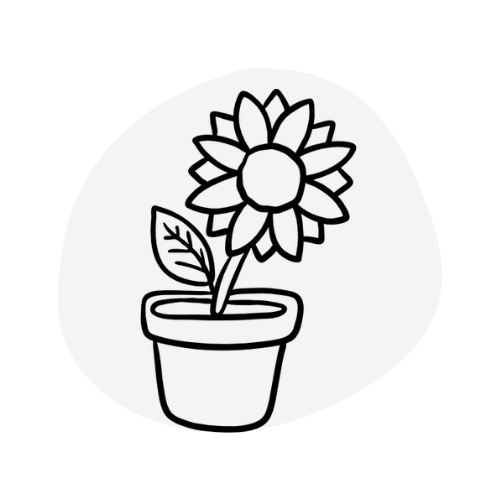
Local Tip: I’d recommend heading to a charming family farm to stroll through the lavender fields and learn how this iconic flower is grown and used.
Photography and Drone Tips for the Lavender Fields
What’s the best time of day to photograph lavender fields?
The best times to photograph lavender fields are during sunrise and sunset — often referred to as the golden hours — when the lighting is soft and diffused. These moments not only enhance the natural beauty and vivid colors of the lavender, ranging from light pink to deep blue, but also help reduce harsh shadows and provide a magical atmosphere. While lavender fields are stunning at any time of day, midday offers the most vibrant purple hues. However, if you want to avoid crowds and enjoy a more tranquil setting, early morning is the ideal time for photography.
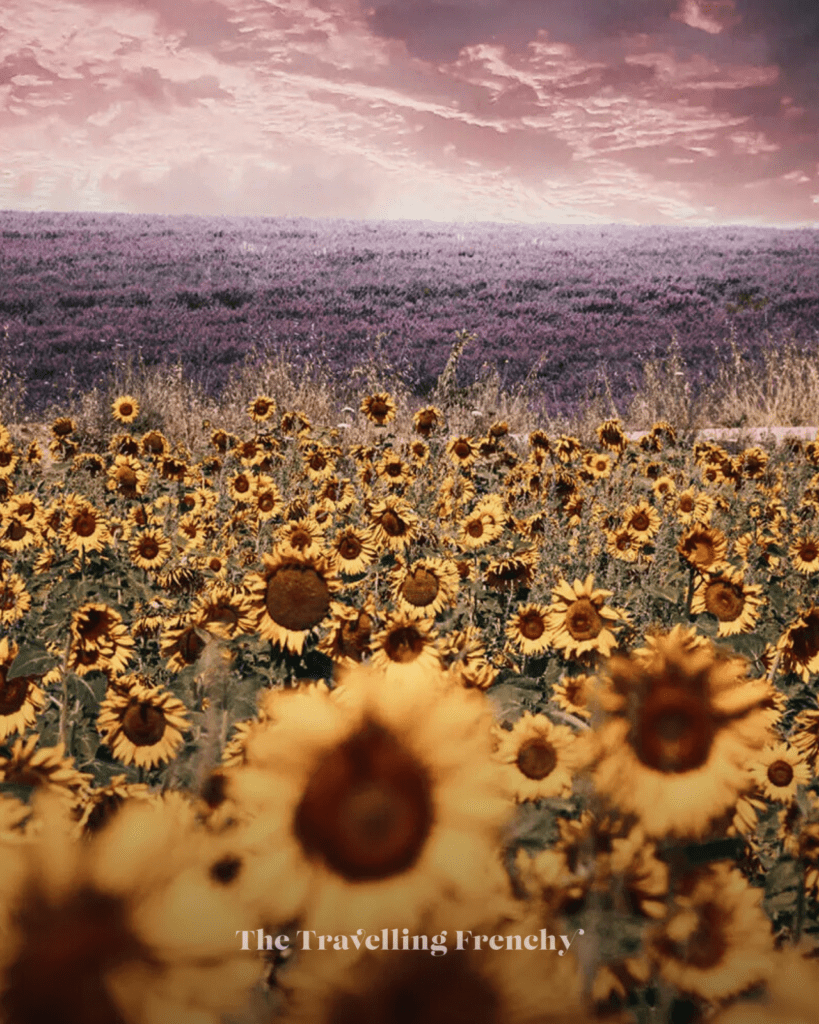
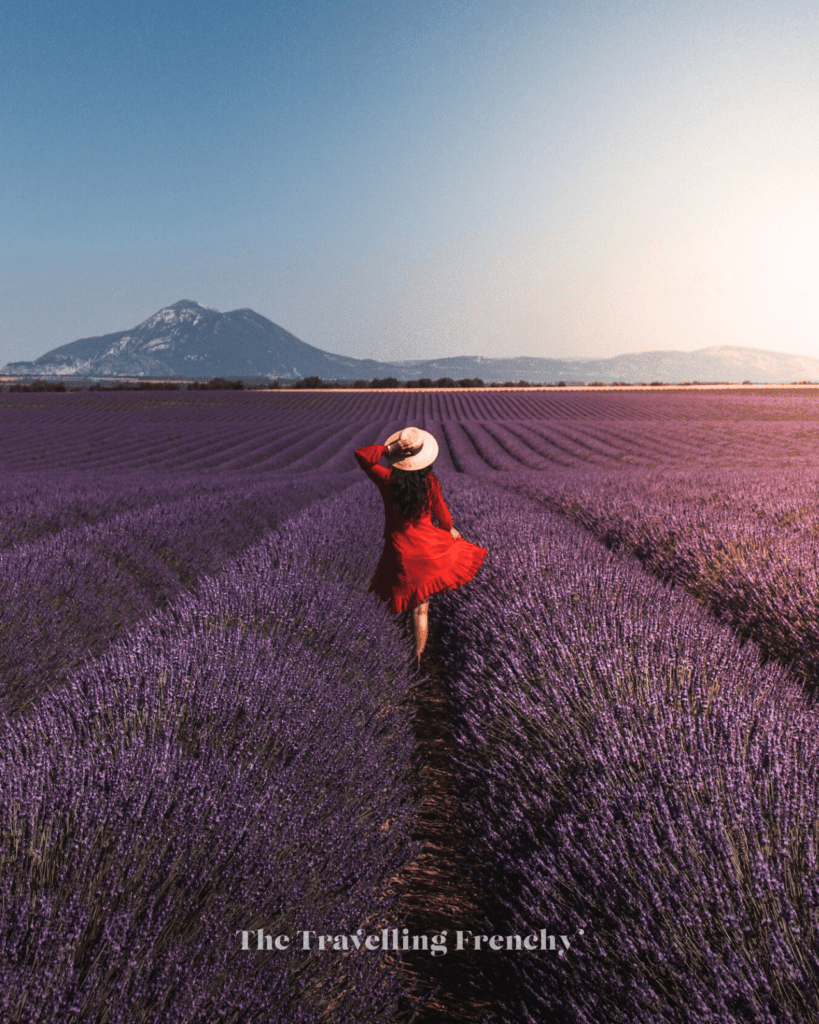
Can you use a drone in the lavender fields?
Yes, you can fly a drone over the lavender fields in Provence, but only under specific conditions and legal guidelines. Drone use is regulated in France by the DGAC (Direction Générale de l’Aviation Civile), and unauthorized use can result in fines. Here’s what you need to know:
When It’s Allowed
- You are flying in a rural, non-restricted area (like many parts of Valensole or Sault).
- You’re using a drone under 250g, or have registered a heavier drone with the appropriate EU operator ID.
- You keep the drone under 120 meters altitude.
- You fly during daylight and maintain visual line of sight.
- You stay away from crowds, animals, and private property, unless you have permission.
Drone Use Is Prohibited
- Near Abbaye de Sénanque (restricted due to privacy and religious activity).
- Over urban or densely populated areas, unless special authorization is obtained.
- In natural parks or protected reserves—some zones around Luberon and Mont Ventoux may fall under this category.
- Without respecting local signage—some farmers or towns may post drone restrictions.

Drone Tip: Always check France’s Geoportail drone map for real-time no-fly zones before launching.
Flying a drone in the lavender fields for the first time, I learned something the hard way; bees hate drones. Mine got swarmed, and sadly, the propellers didn’t play nice. I stopped immediately. Lesson learned: fly at sunrise or sunset when the bees are still sleeping. It’s better for the bees, your drone, and your nerves. And don’t worry, if you stay calm, they’ll leave you alone. I’ve been to the Provence fields for years and never got stung!
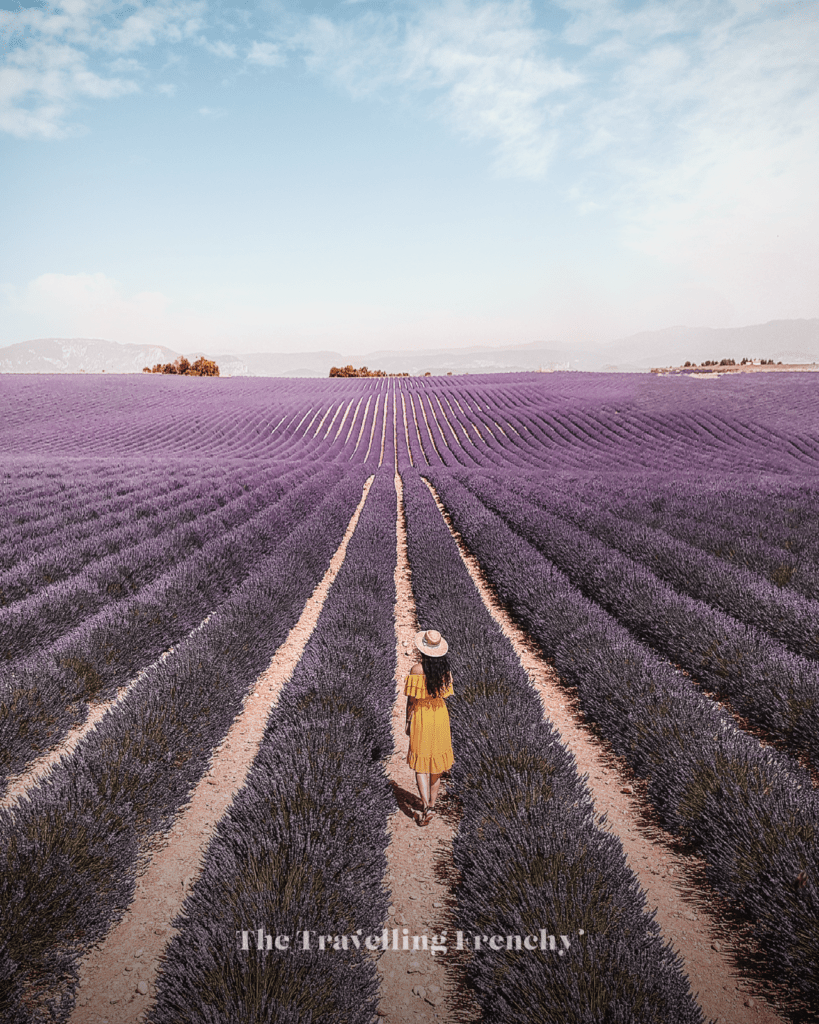
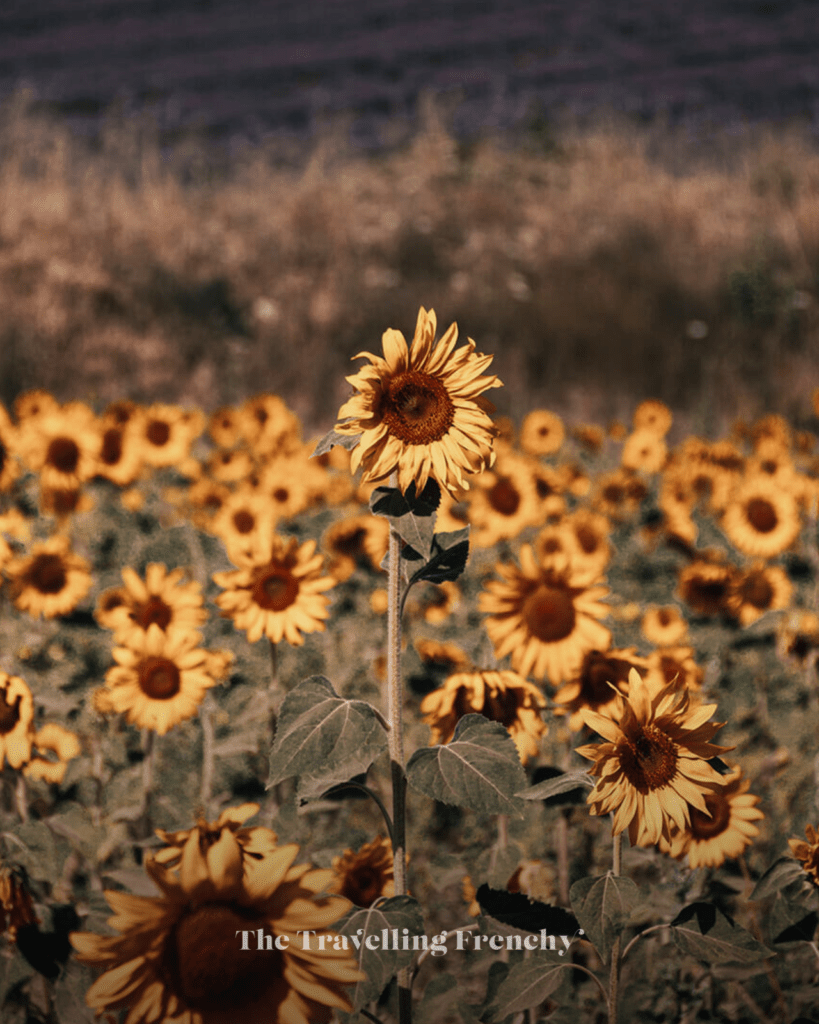
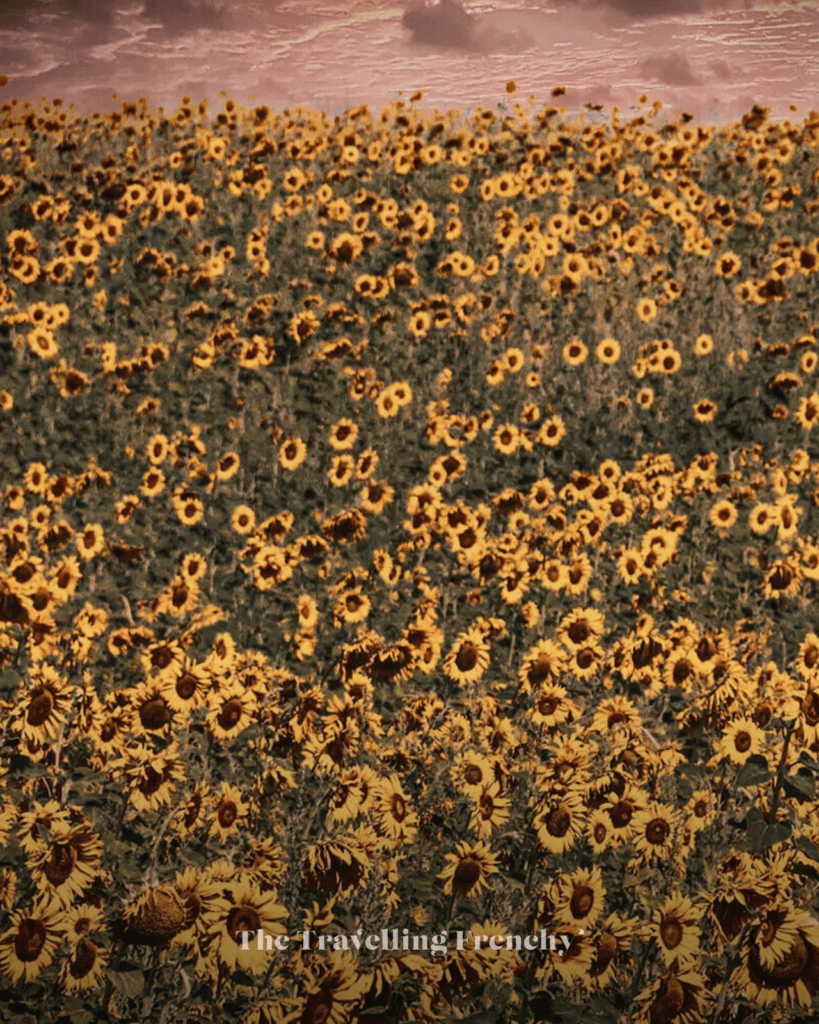

Practical Information About Lavender
Did you know that there are three types of lavenders? The lavande fine, lavande aspic and lavandin, the latest being a hybrid of the former two. The fields in Valensole and most of the other famous fields are not lavender fields but lavandin fields. Lavandin produces way more oil than the traditional lavender (lavande fine). Lavandin oil is mainly used for household products or cosmetics such as soap while lavender oil by being more rare and precious is used in perfumes.
Each type of lavender possesses different properties and qualities. The lavender aspic is a strong anti-inflammatory but can also be neurotoxic. The traditional lavender is fully consumable and possesses many medicinal virtues (from helping with insomnia to stomach problems). Lavandin, by being a mix of the two is usually used to repel insects and heal insect bites.
Frequently Asked Questions About Lavender in Provence
Can I walk through the lavender fields in Provence?
Yes, you can walk through some lavender fields in Provence, but only if it’s clearly permitted. Many fields are privately owned, especially in areas like Valensole and Sault, and entering without permission can damage the plants or disrupt the harvest. Some farms, like Lavandes Angelvin or Distillerie Aroma’Plantes near Sault, welcome visitors and even offer guided visits and photo-friendly access.K
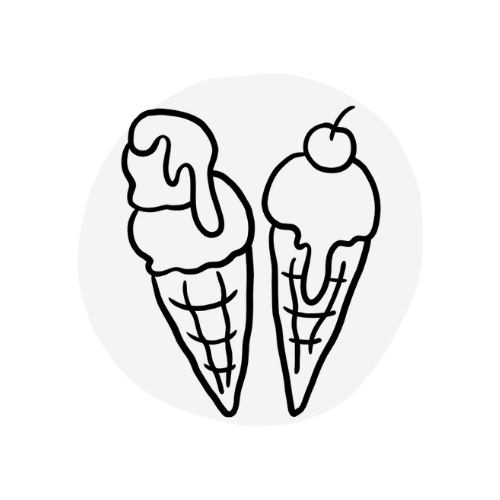
Travel Tip: Always stay on visible paths, avoid trampling flowers, and never pick lavender unless allowed. Look for signs that indicate public access or stop at farms that welcome tourists.
Is lavender still in bloom in August?
Lavender bloom in Provence generally ends by early August, especially in lowland regions like Valensole. However, high-altitude areas such as Sault Plateau and Drôme Provençale still have vibrant lavender fields into mid-August, with harvesting often beginning around August 15th.
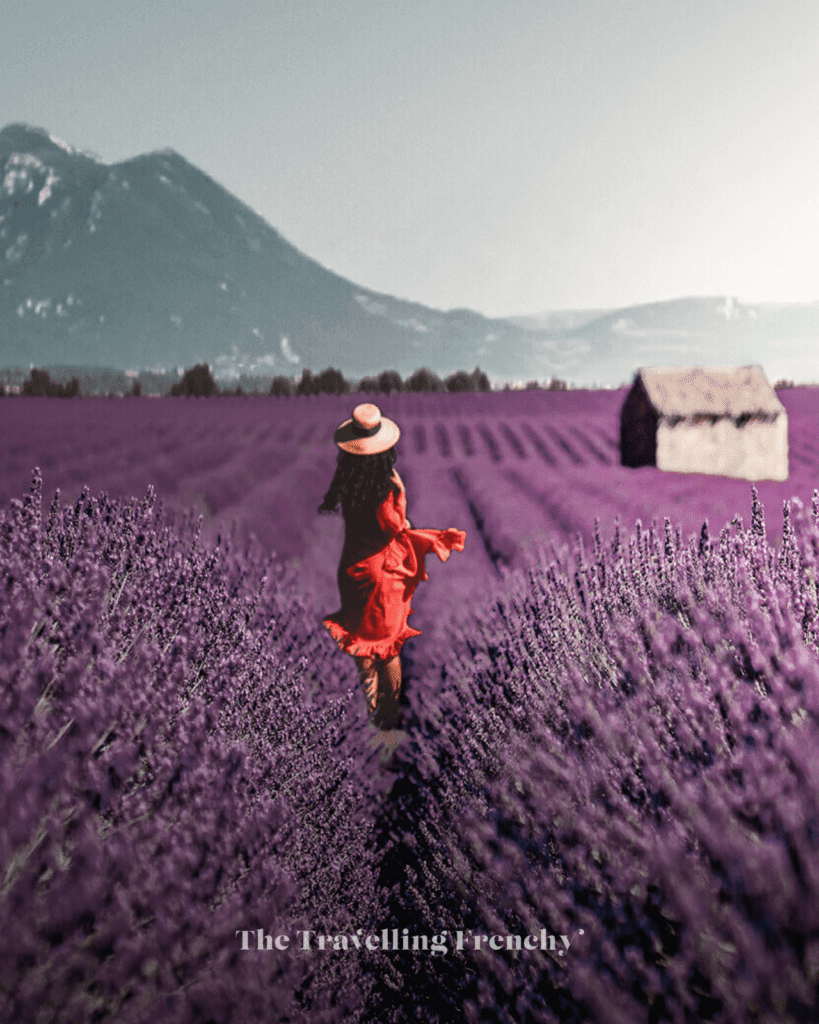
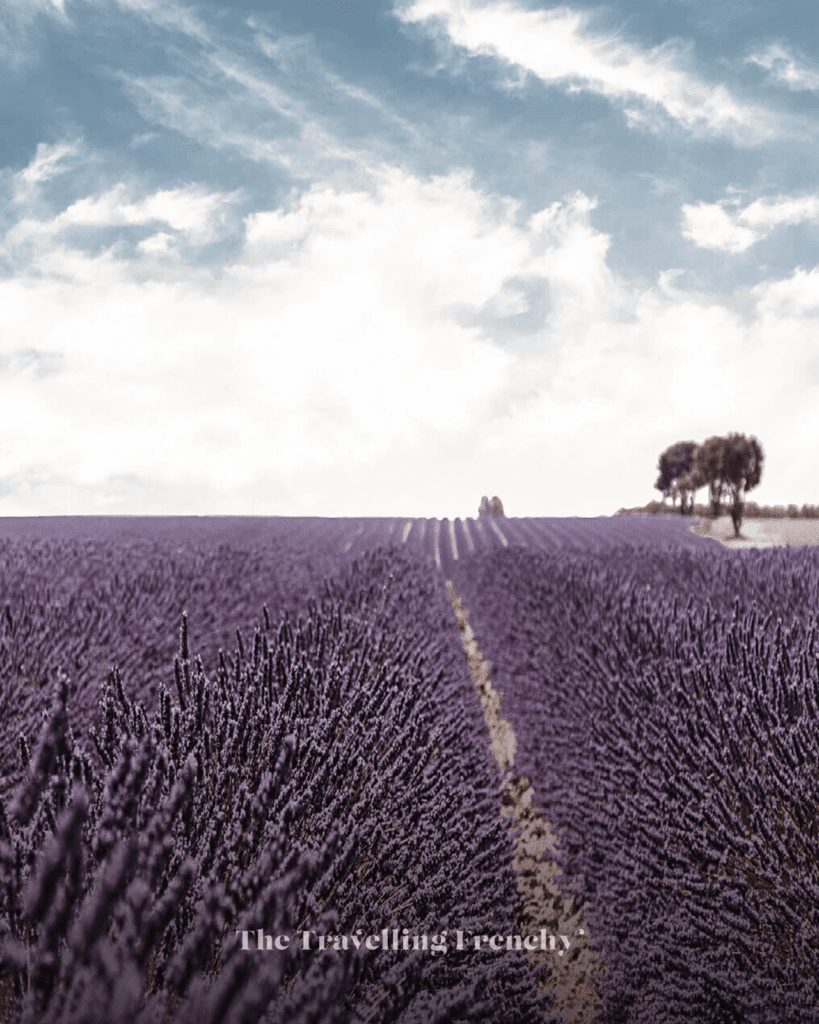
Are there lavender festivals in Provence?
Yes! Provence hosts several lavender festivals during bloom and harvest season, celebrating the plant’s cultural and economic importance. Notable events include:
- Fête de la Lavande (Sault): Held on August 15
- Lavender Festival in Valensole: Usually early July
- Ferrassières Lavender Festival: Held late July in Drôme Provençale
These festivals feature traditional music, distillation demos, artisan markets, and tastings of lavender-infused treats.
Can I buy authentic lavender products in Provence?
Absolutely! You’ll find high-quality lavender products like essential oils, dried bouquets, lavender honey, soaps, and cosmetics at:
- Local farm shops and distilleries
- Weekly Provençal markets (e.g., Apt, Forcalquier, Sault)
- Lavender cooperatives like Lavandes Angelvin or Aroma’Plantes

Travel Tip: Look for labels like “AOP Lavande de Haute-Provence” to ensure authenticity and origin.

